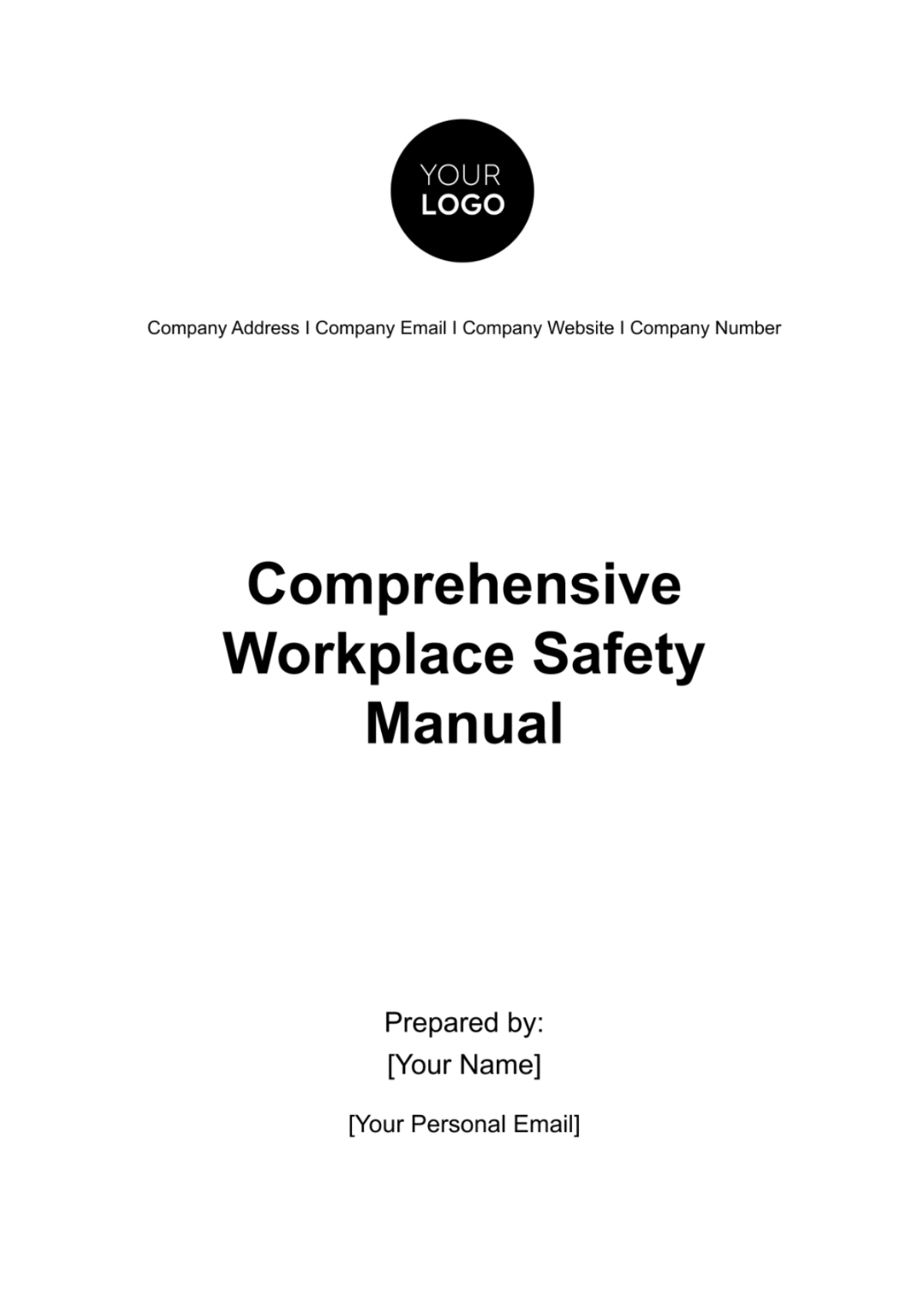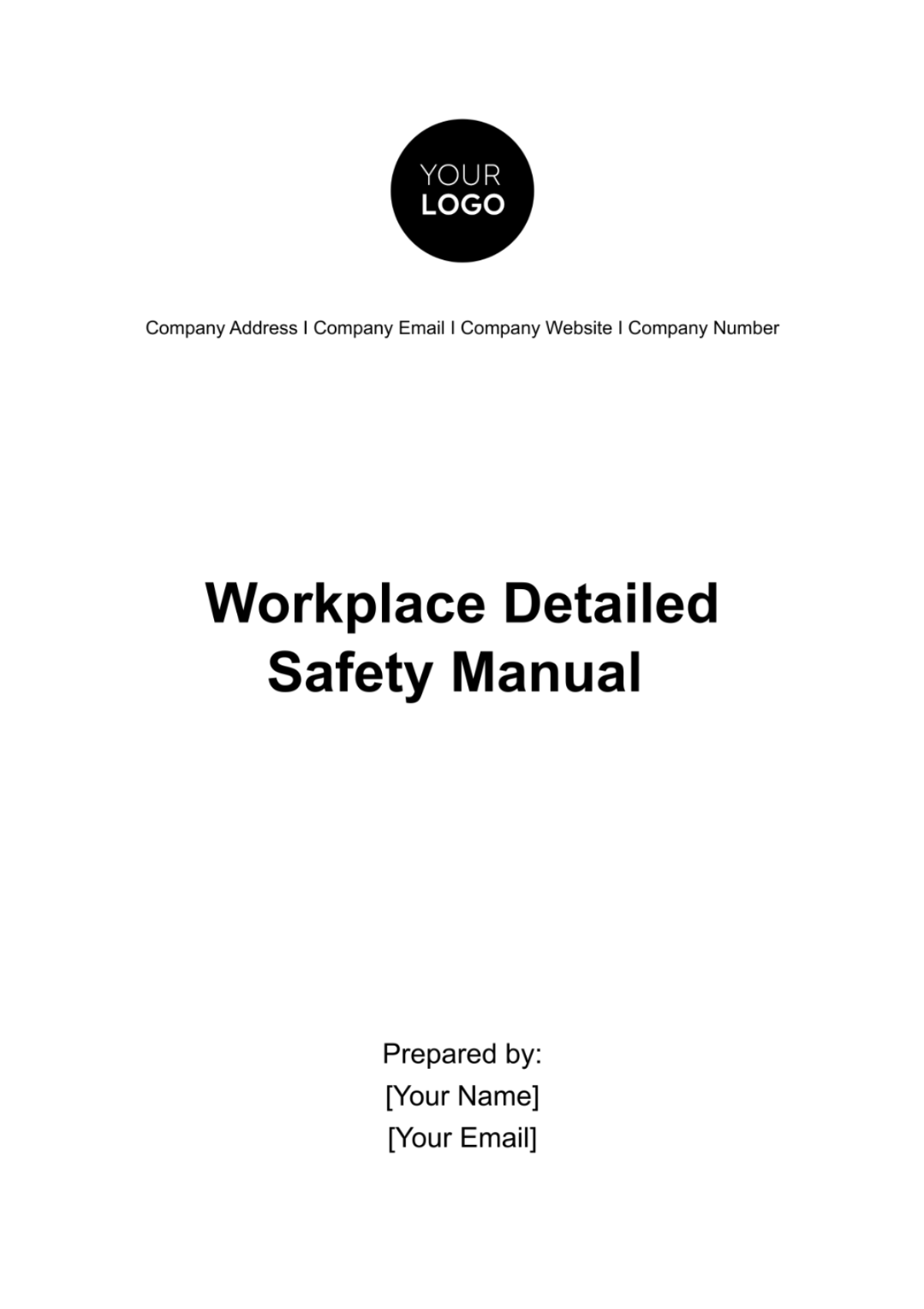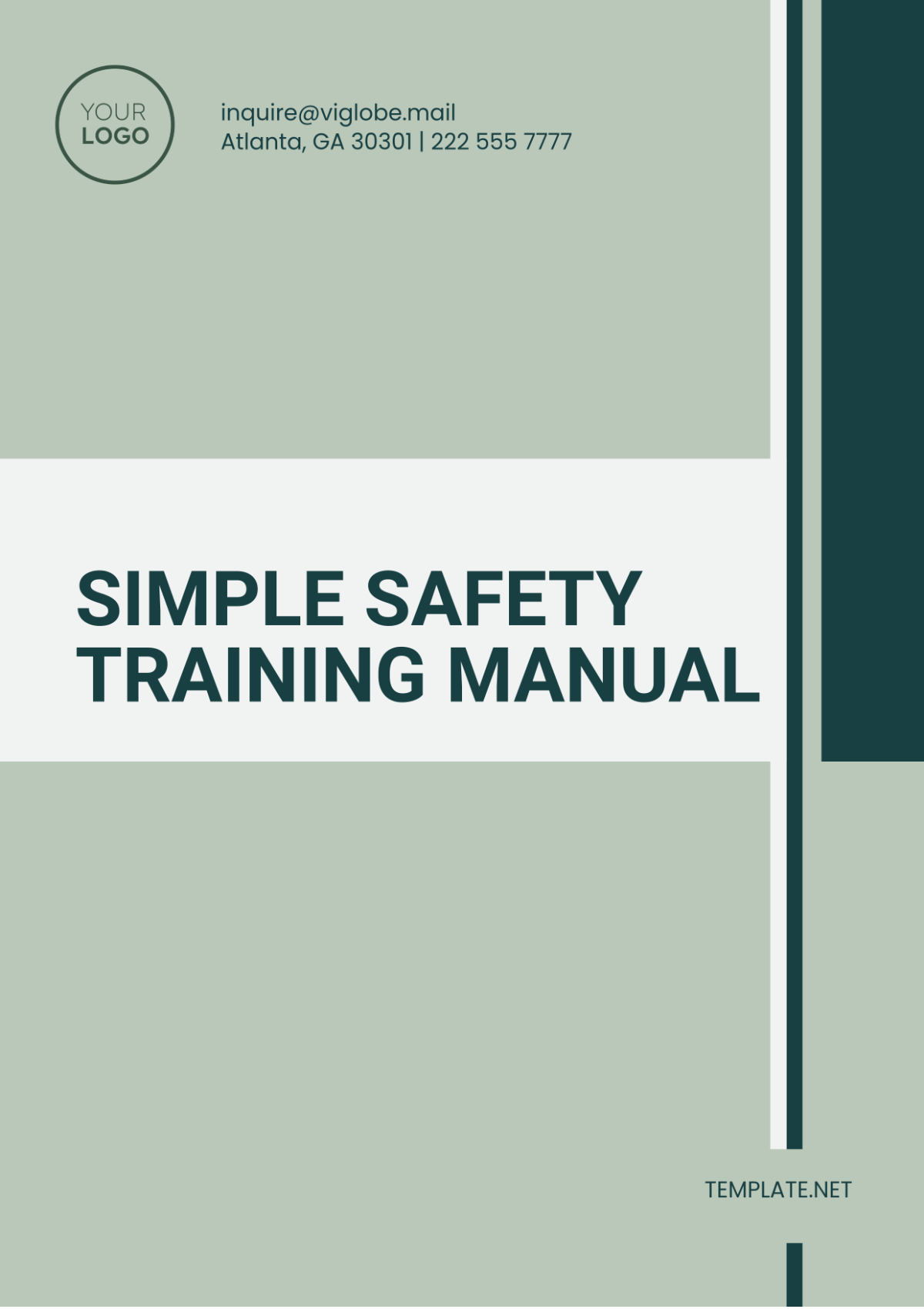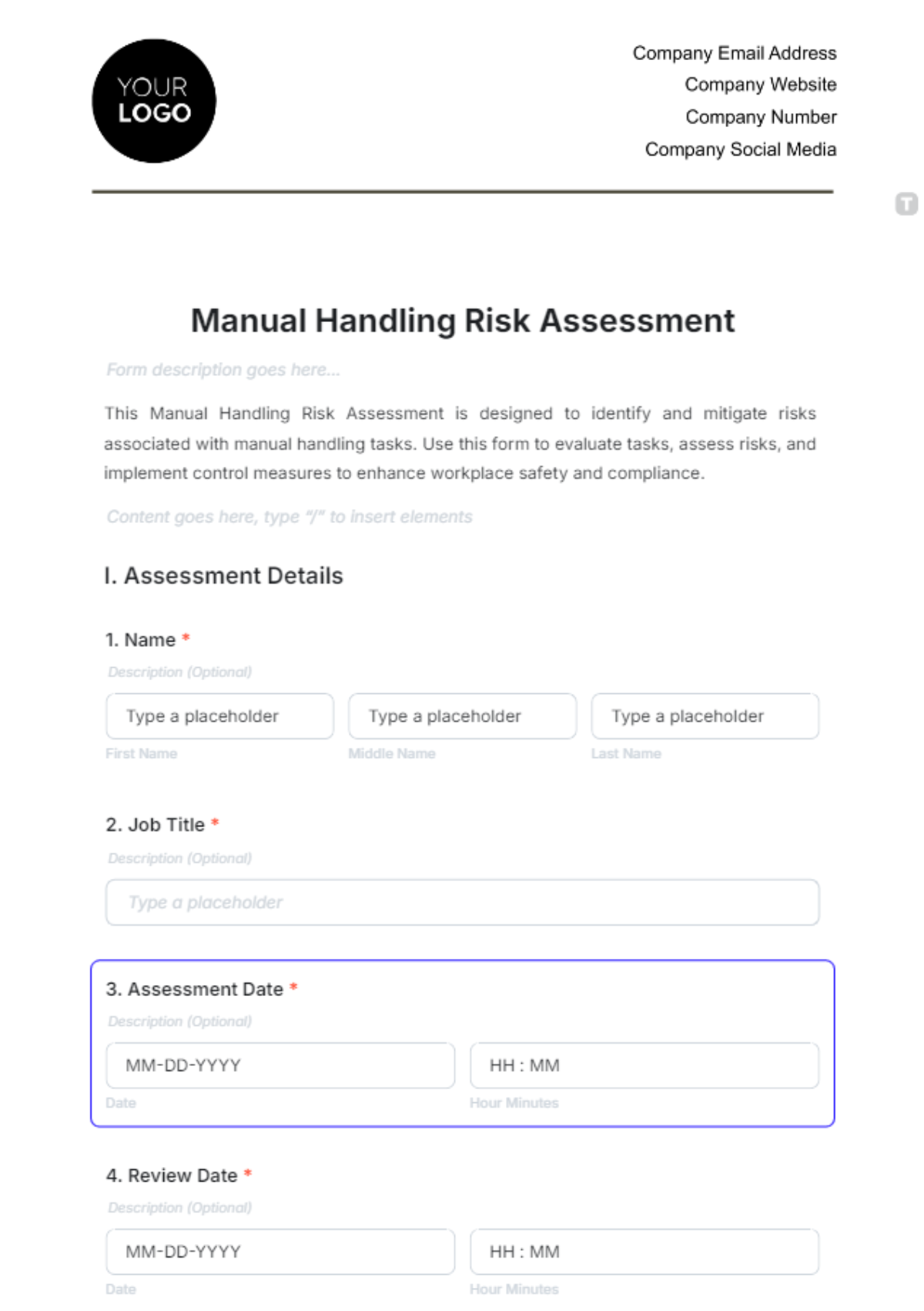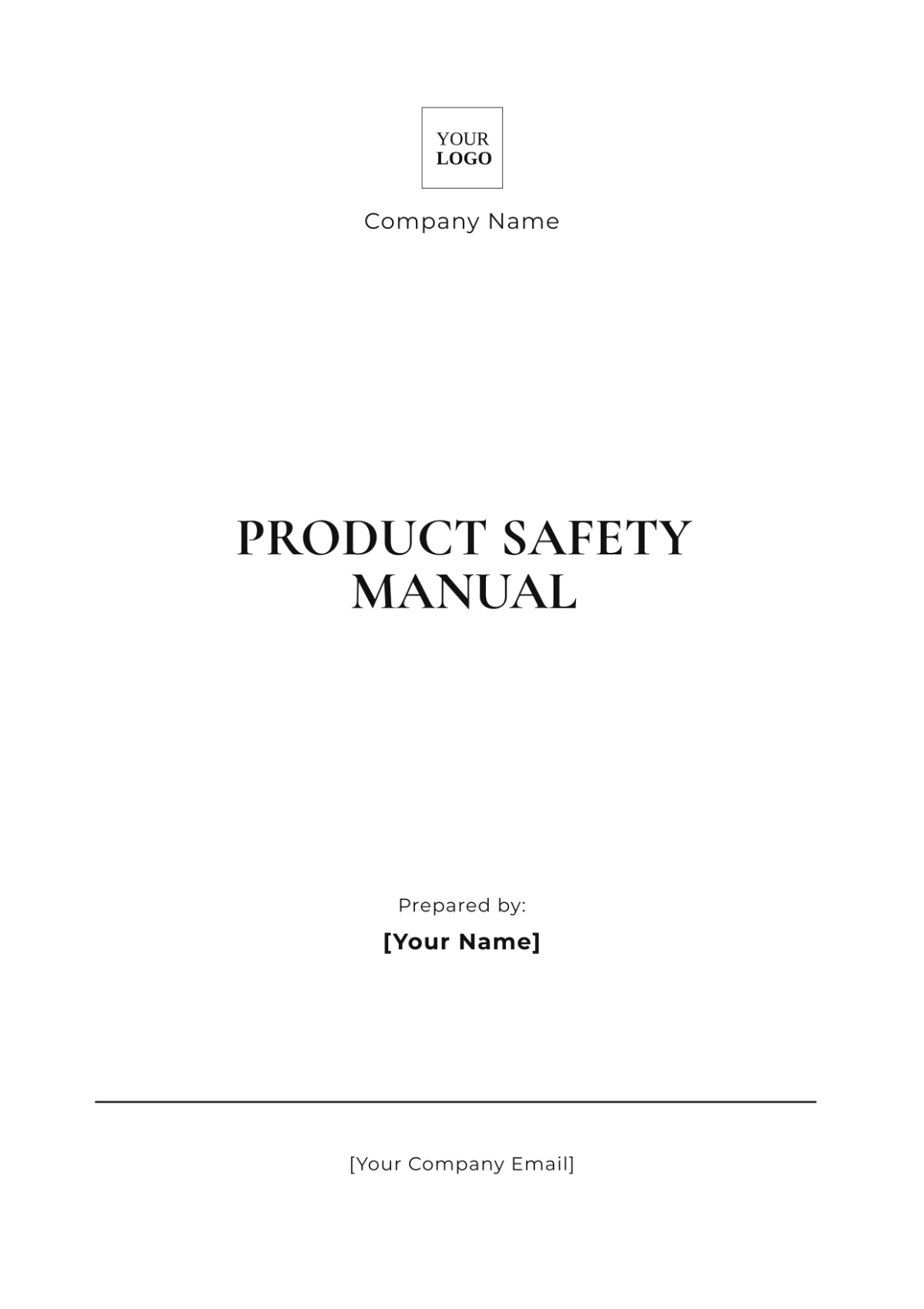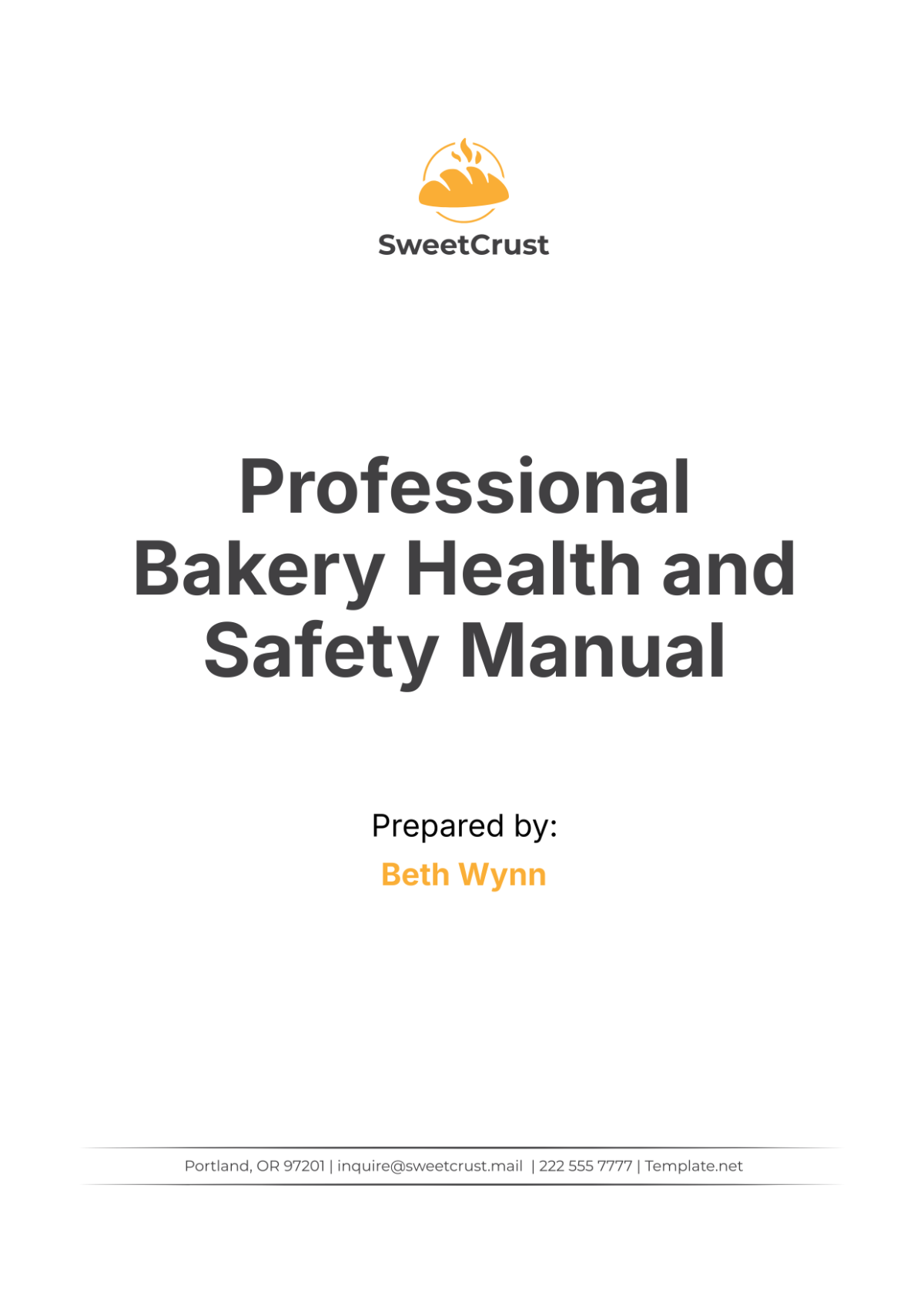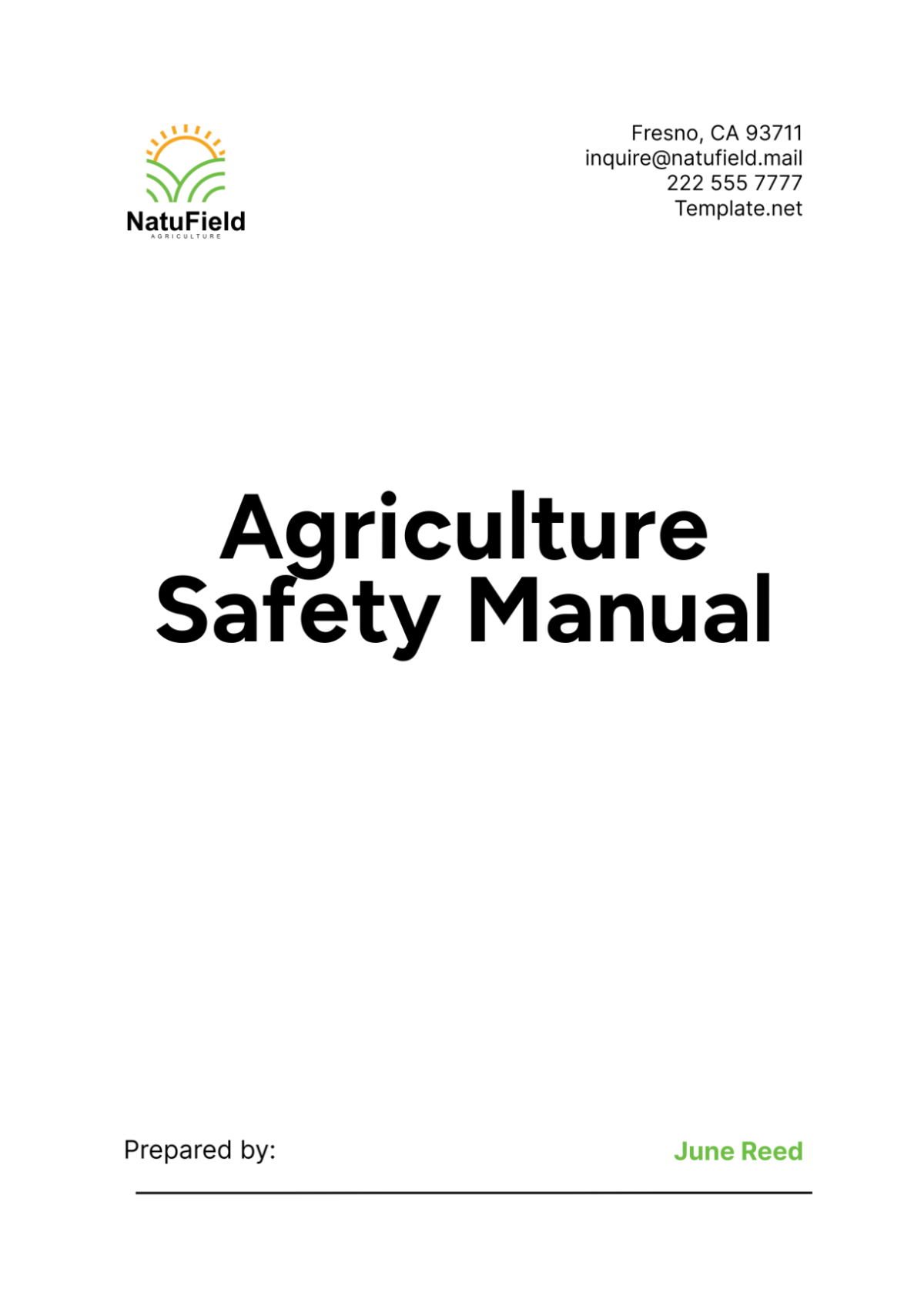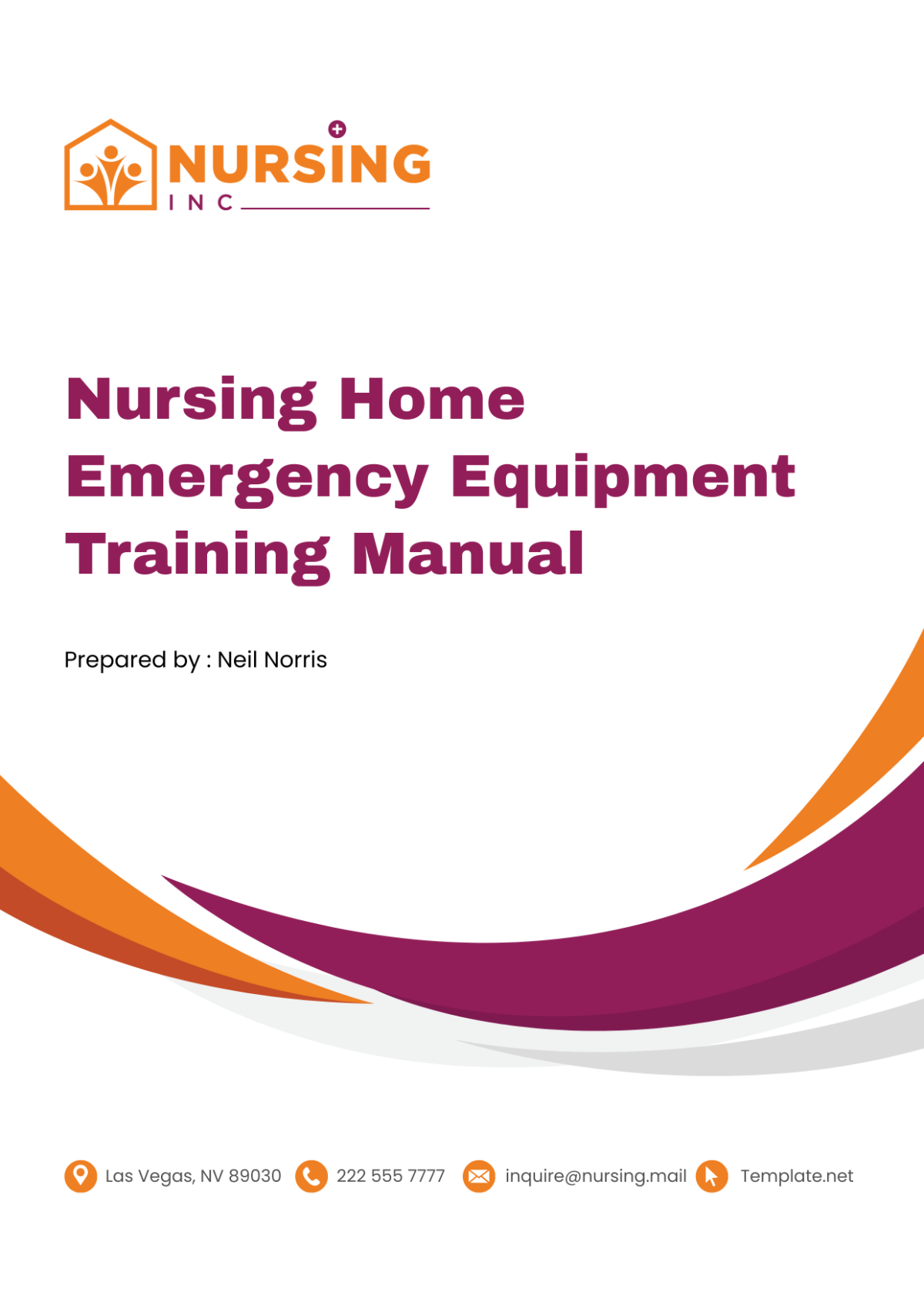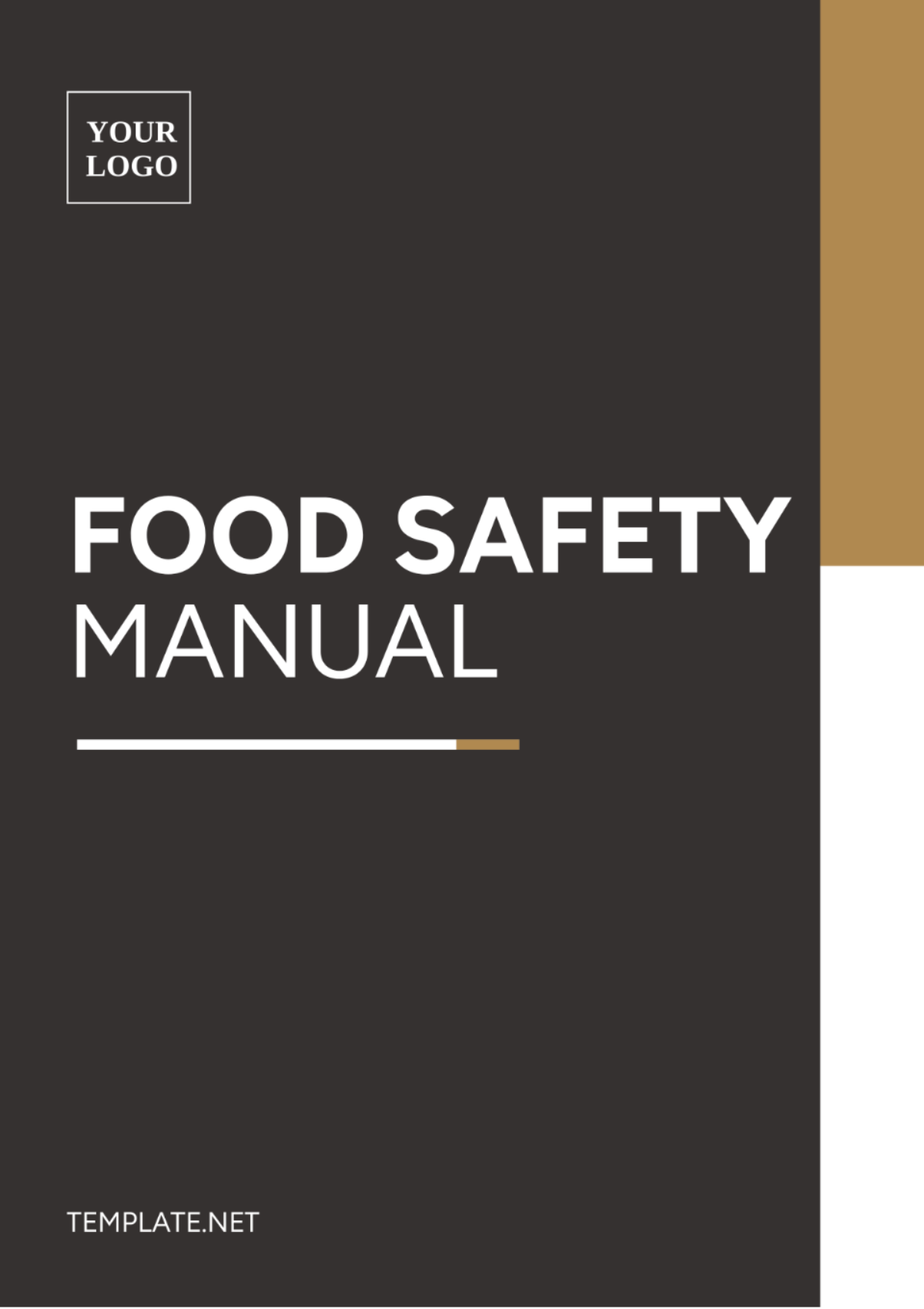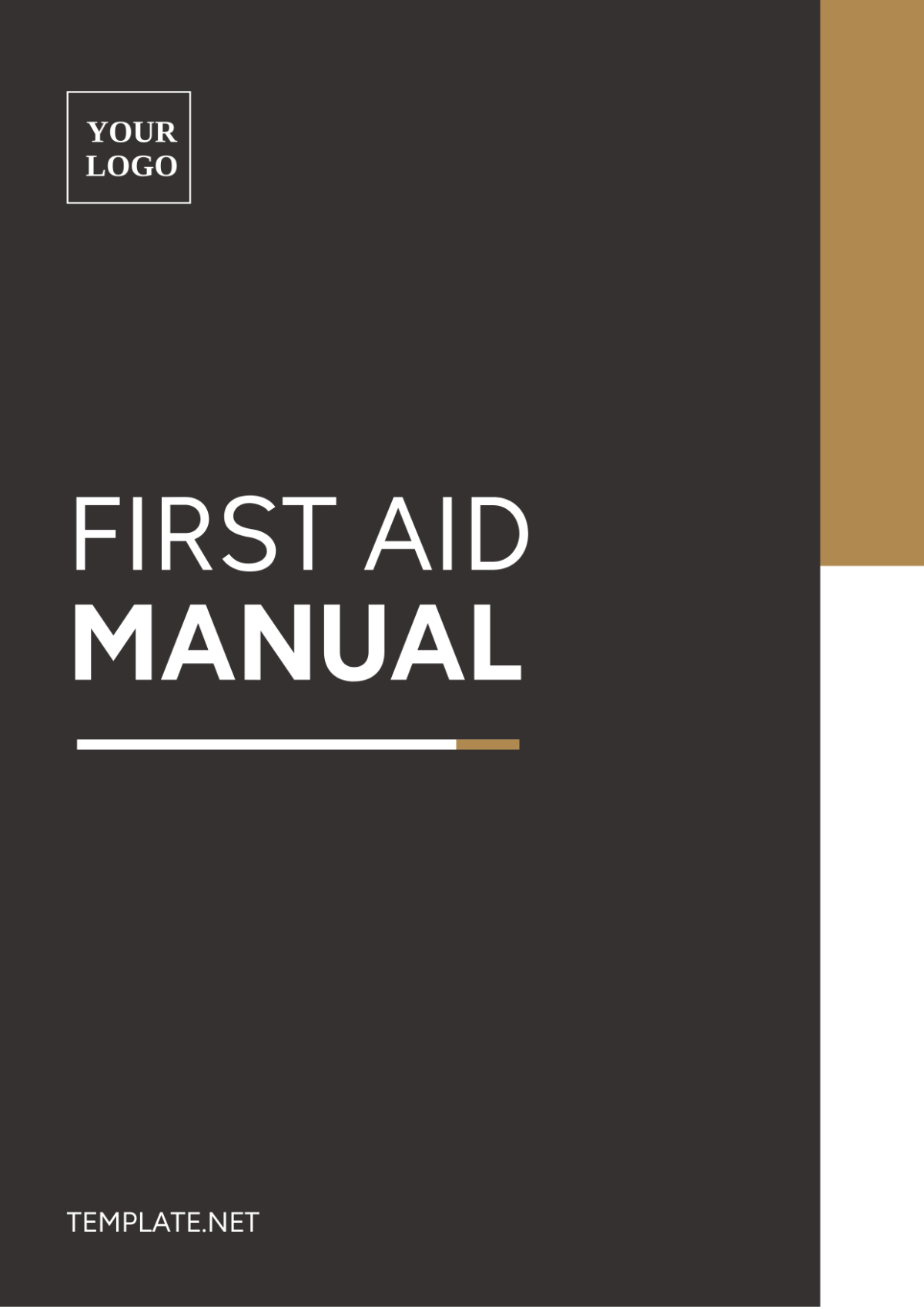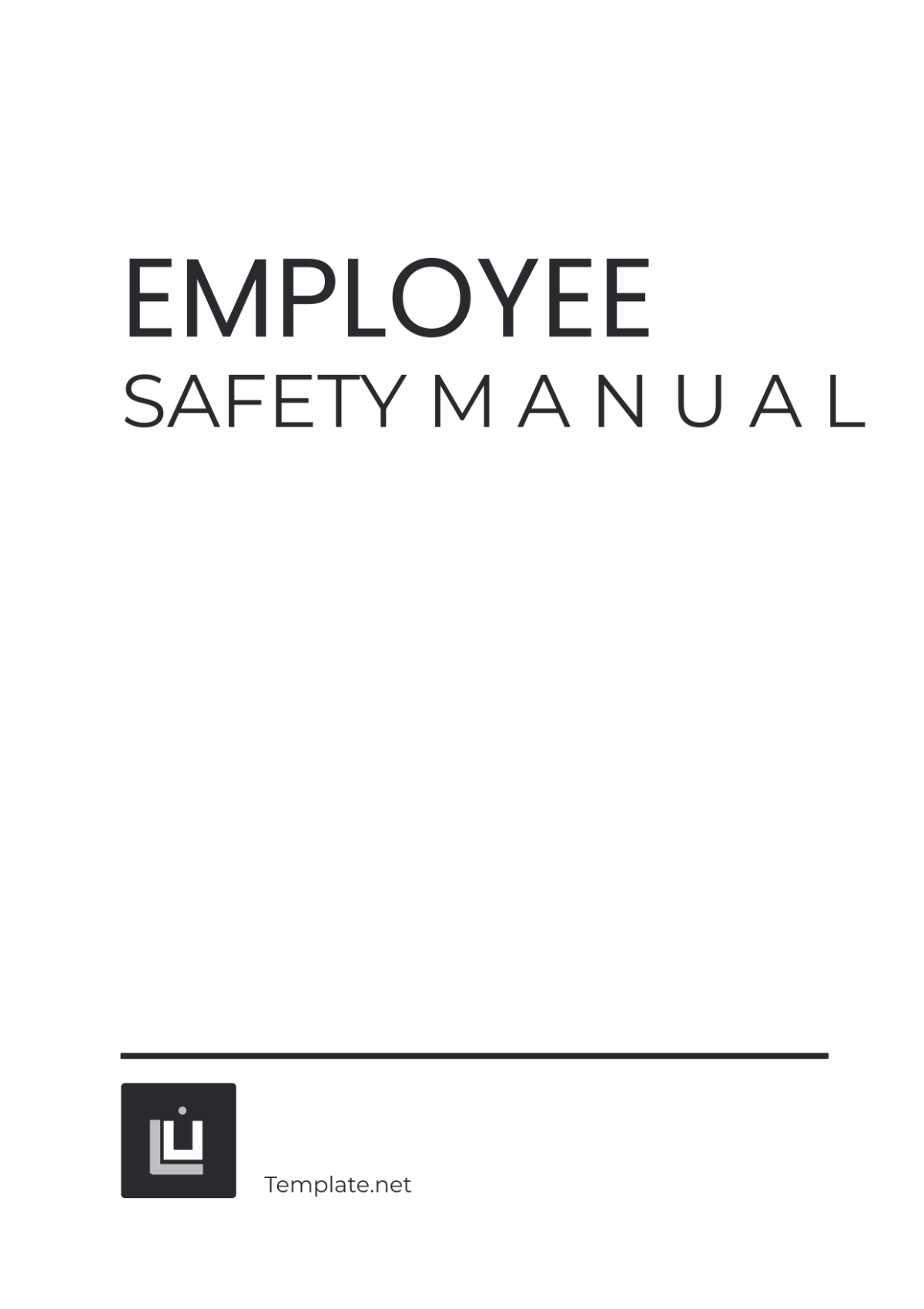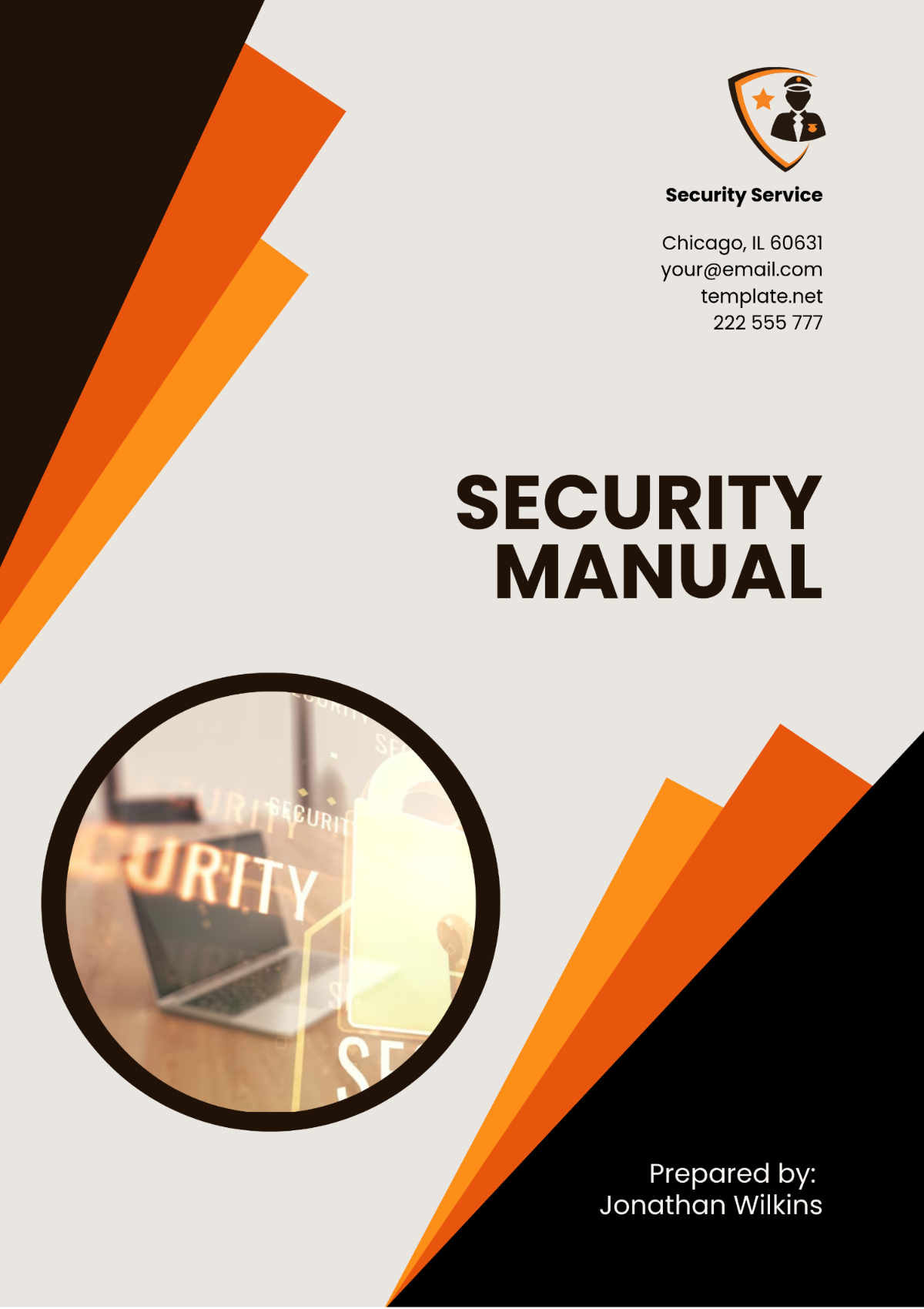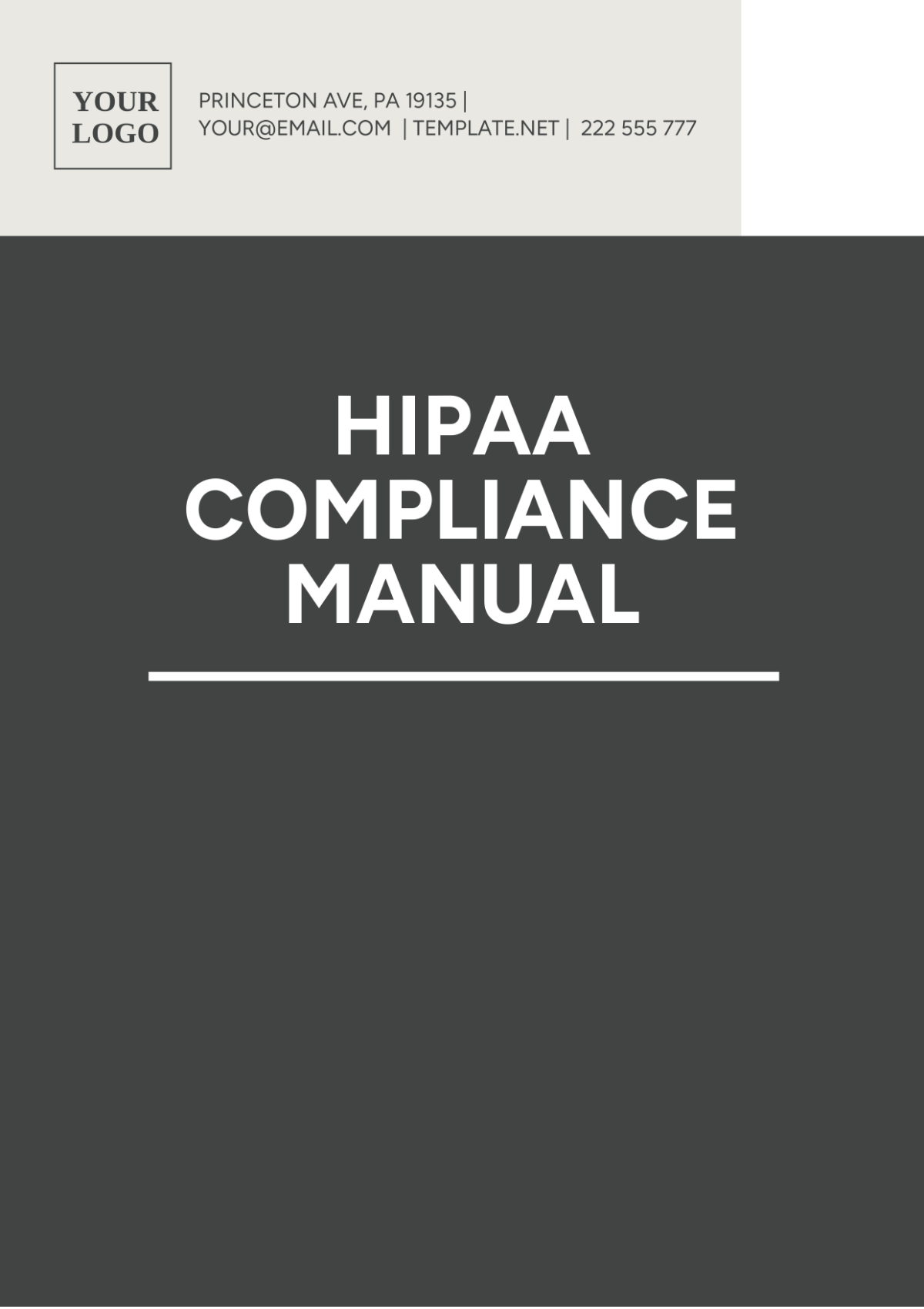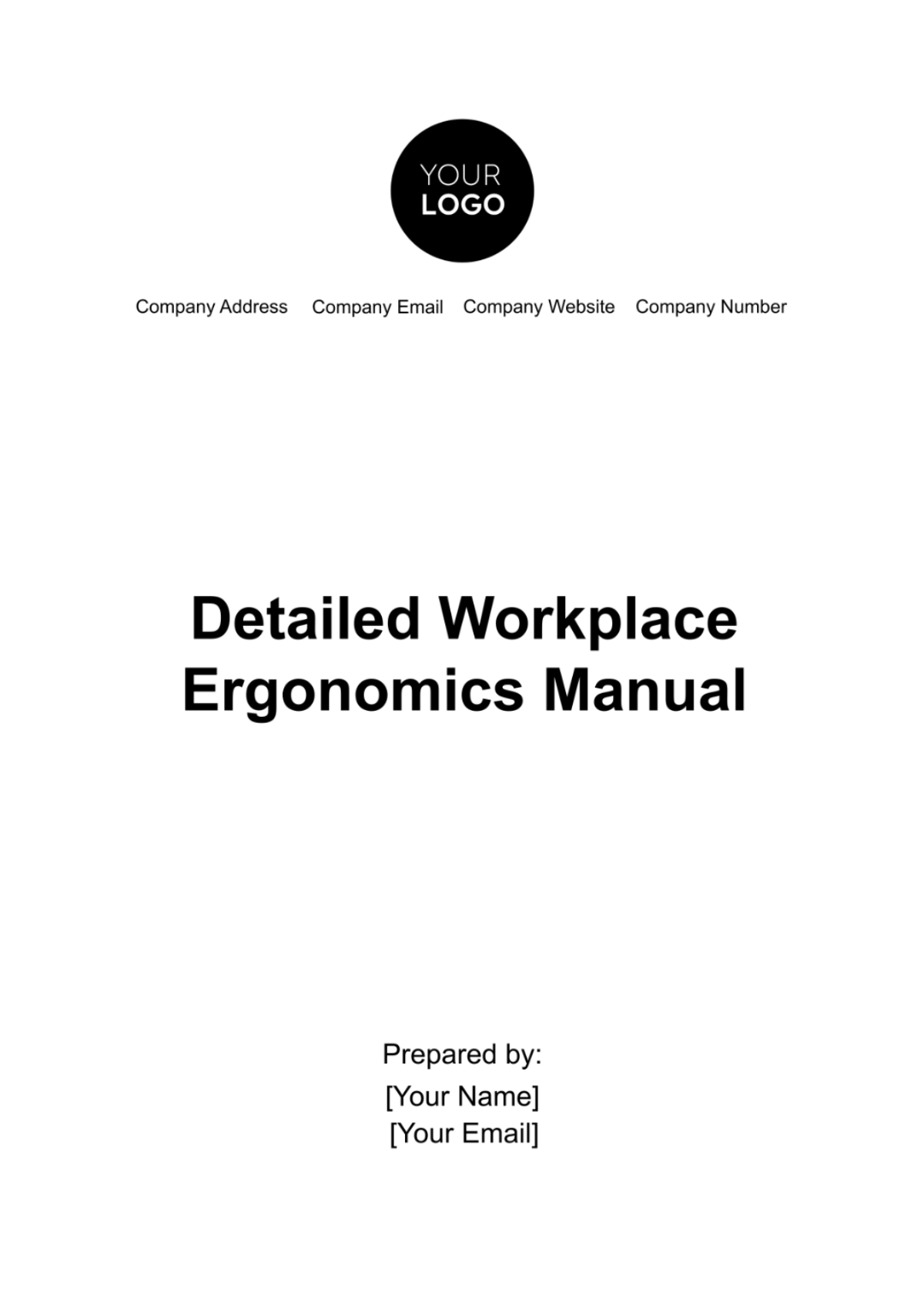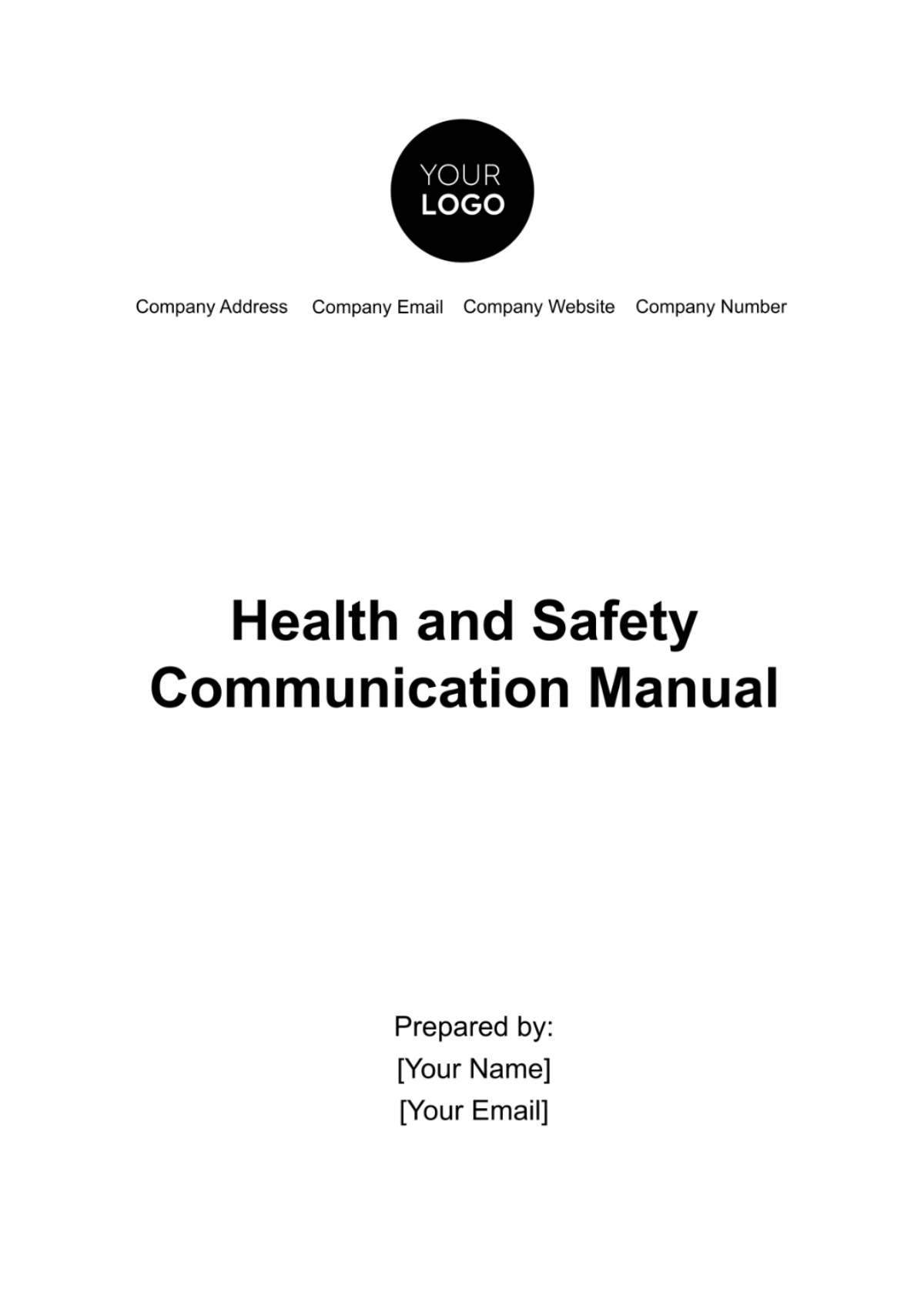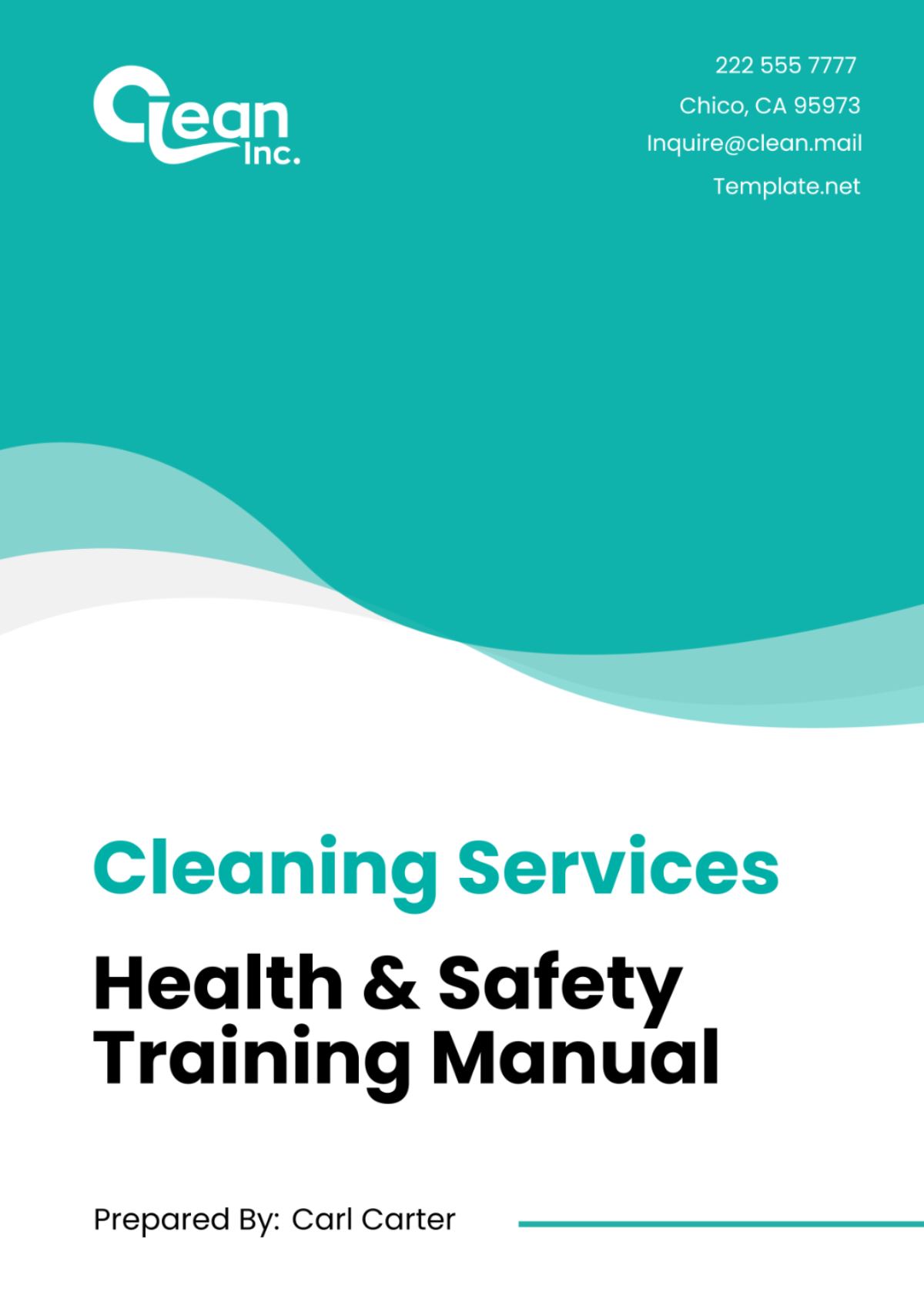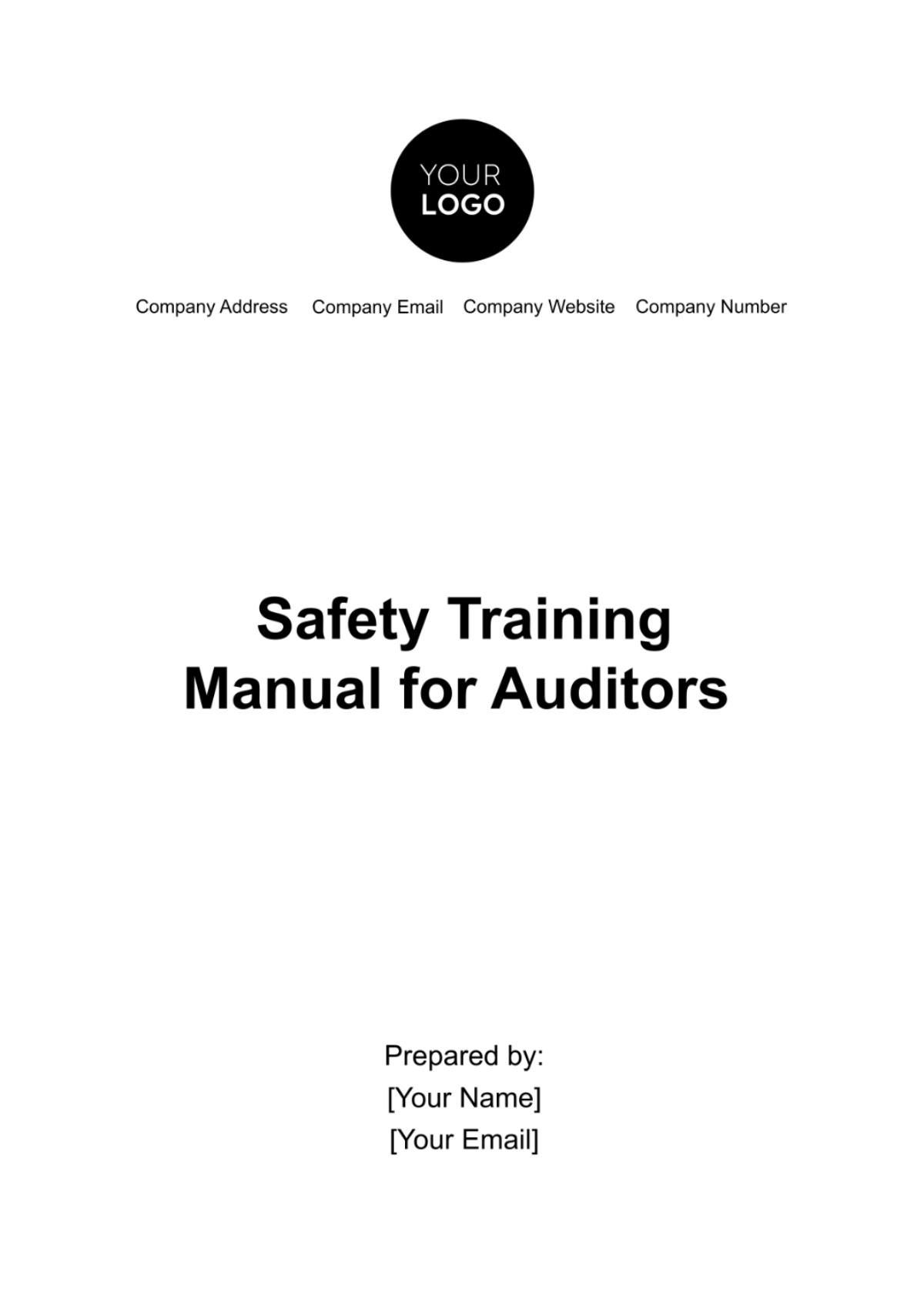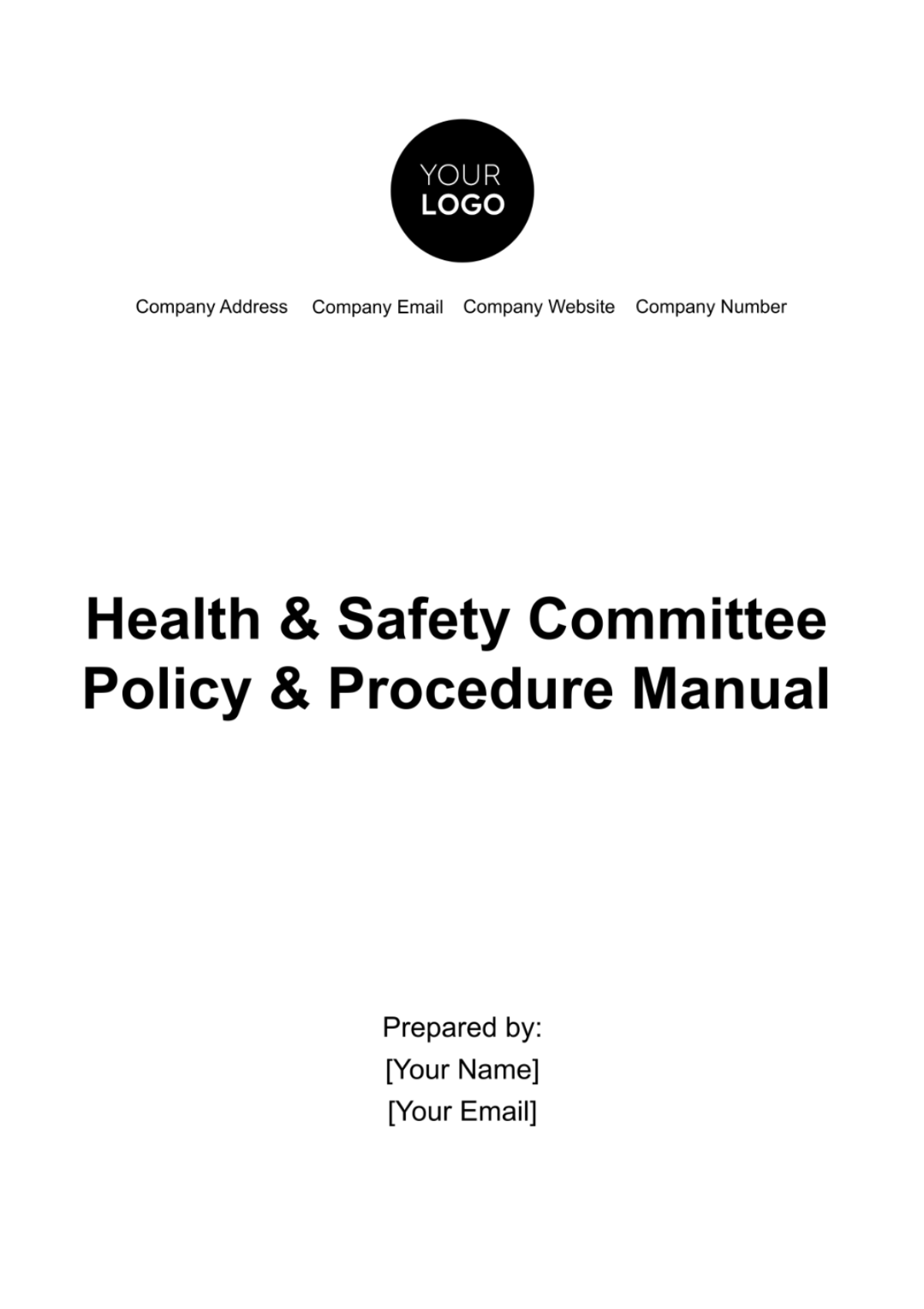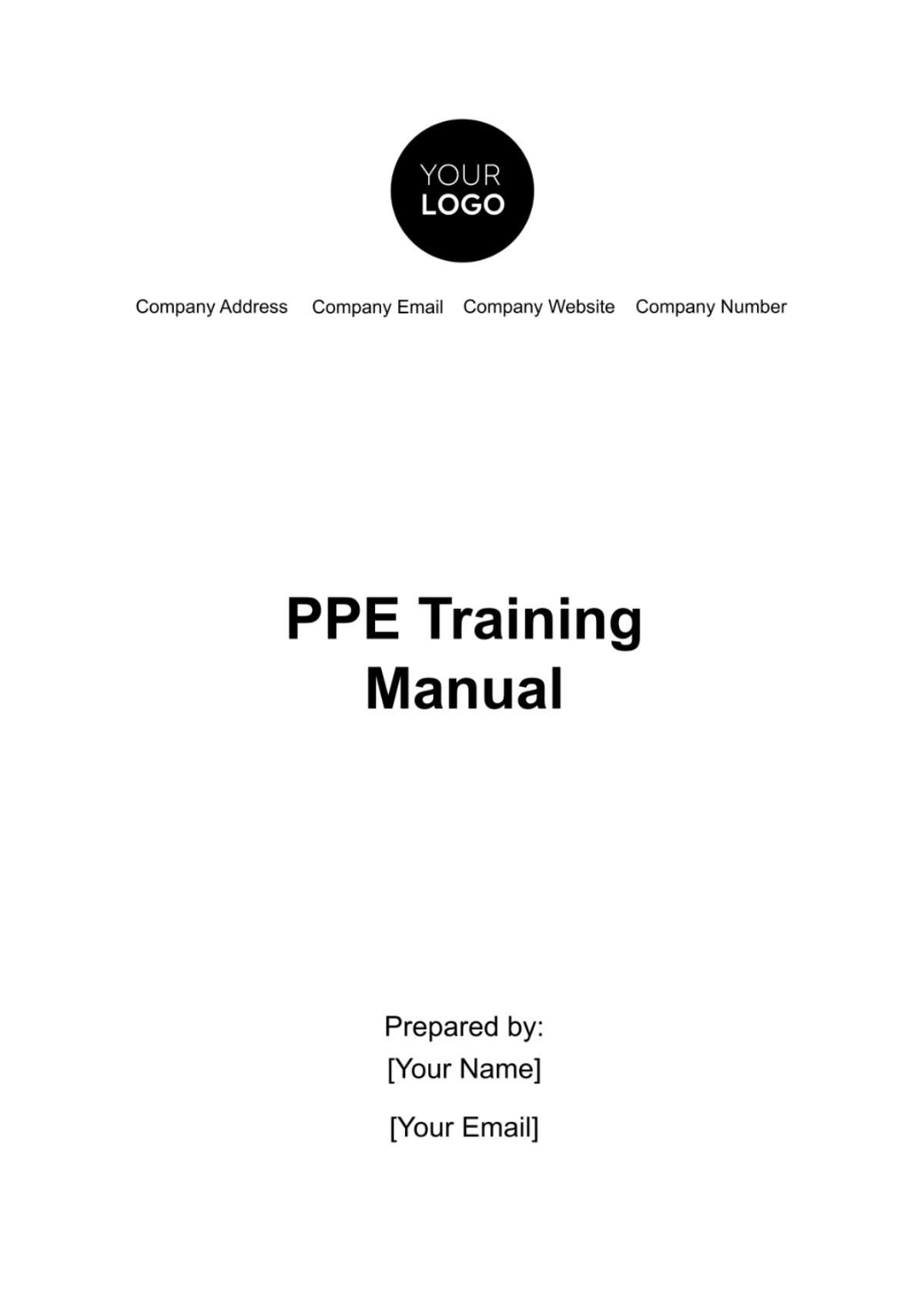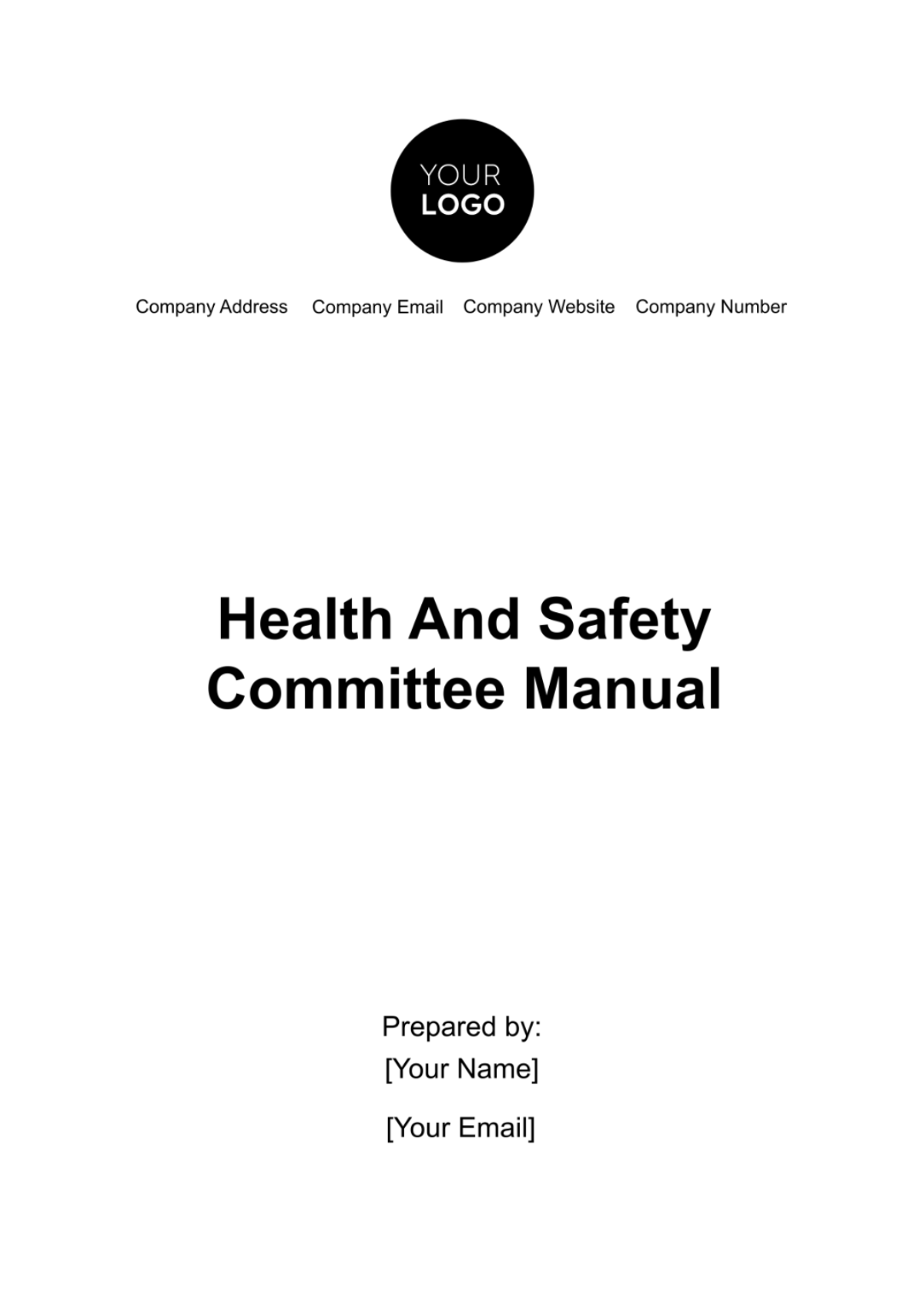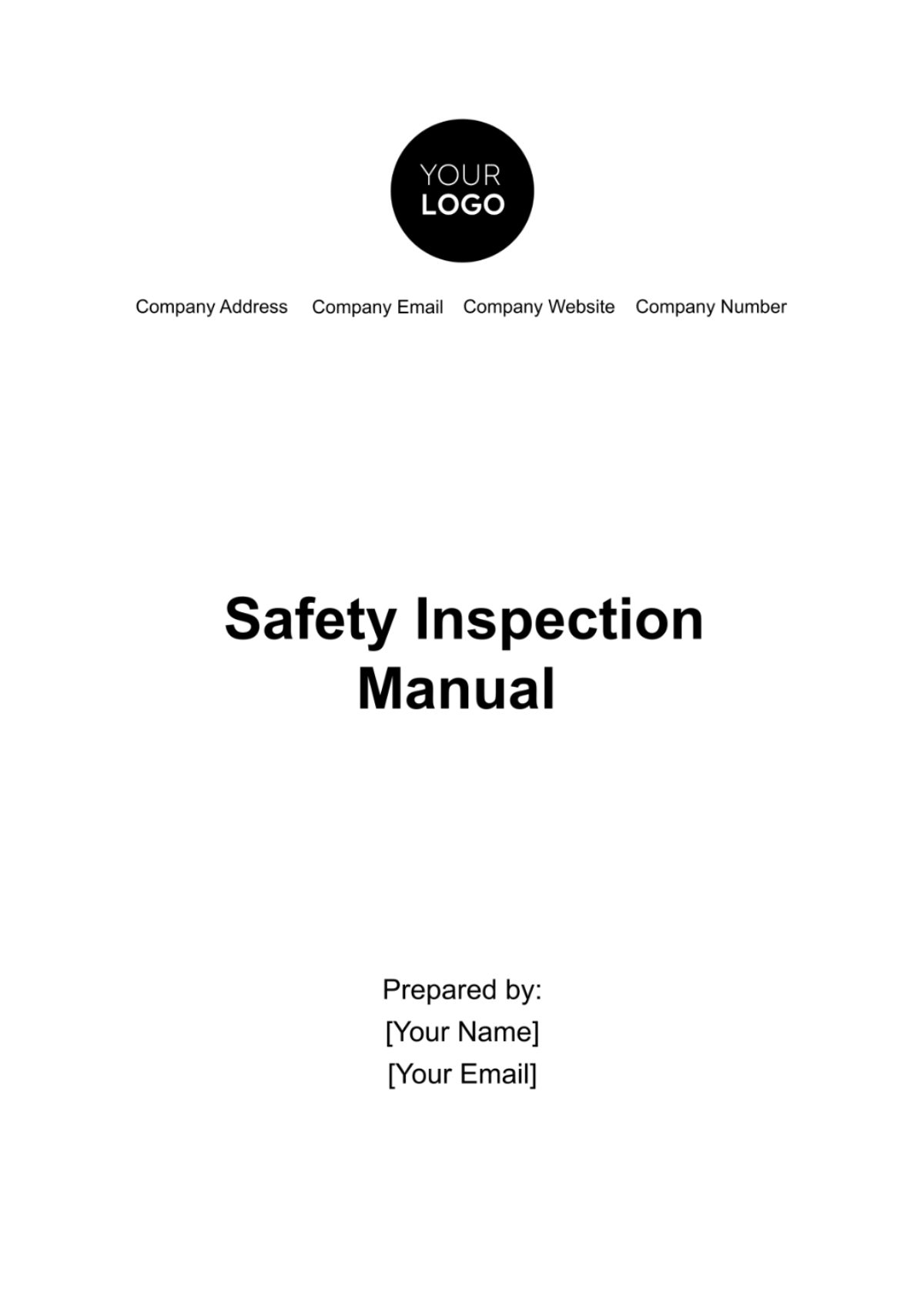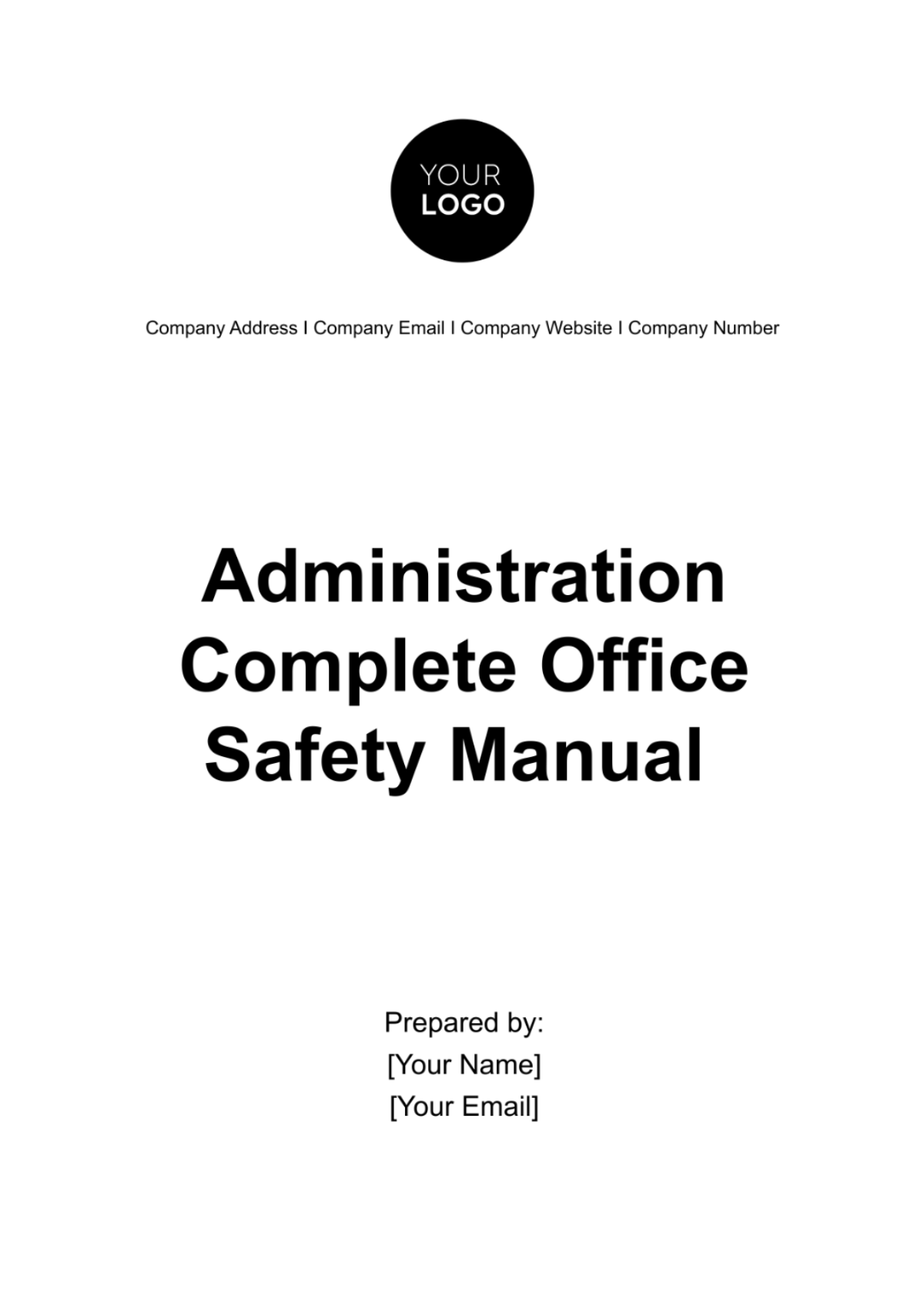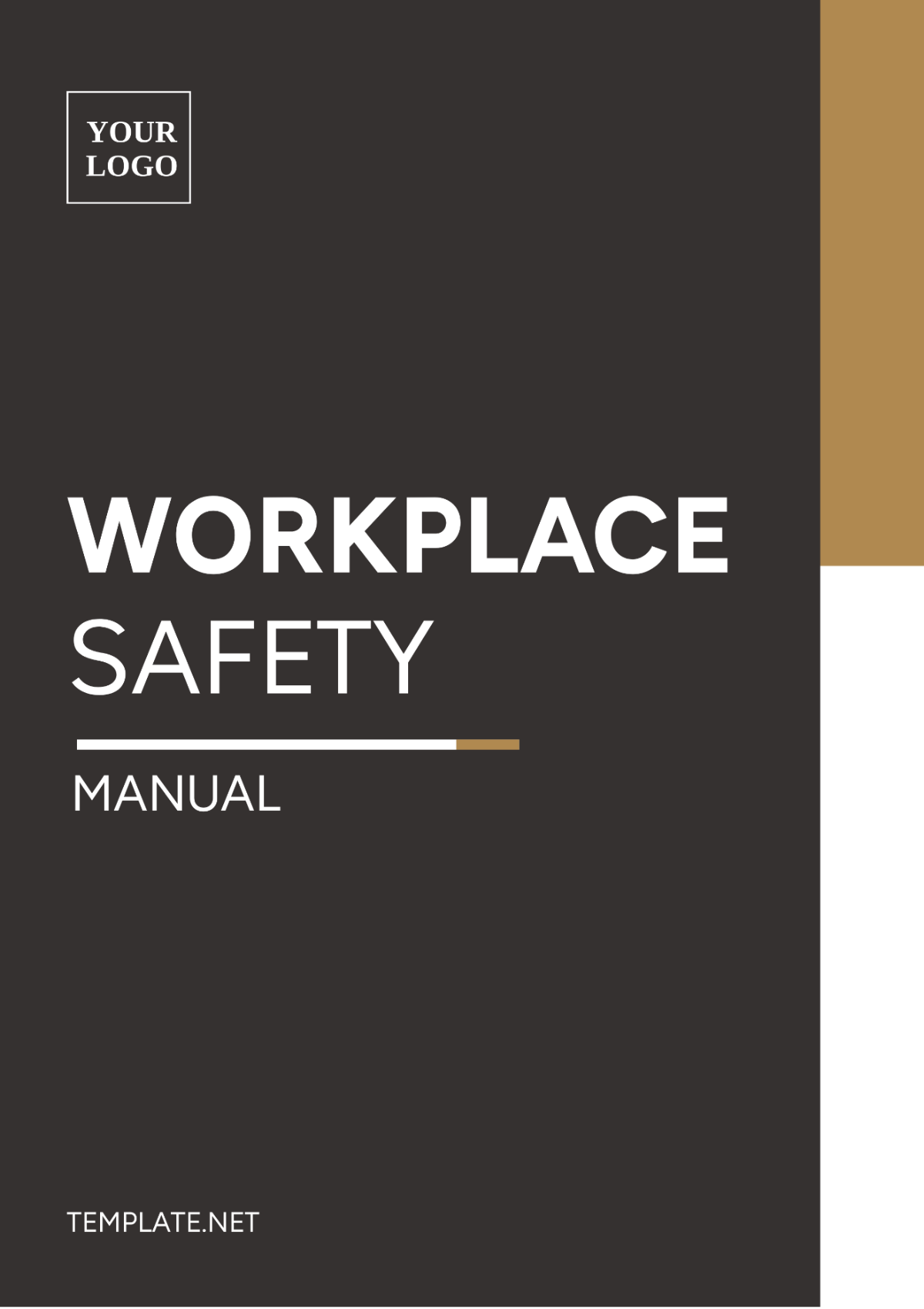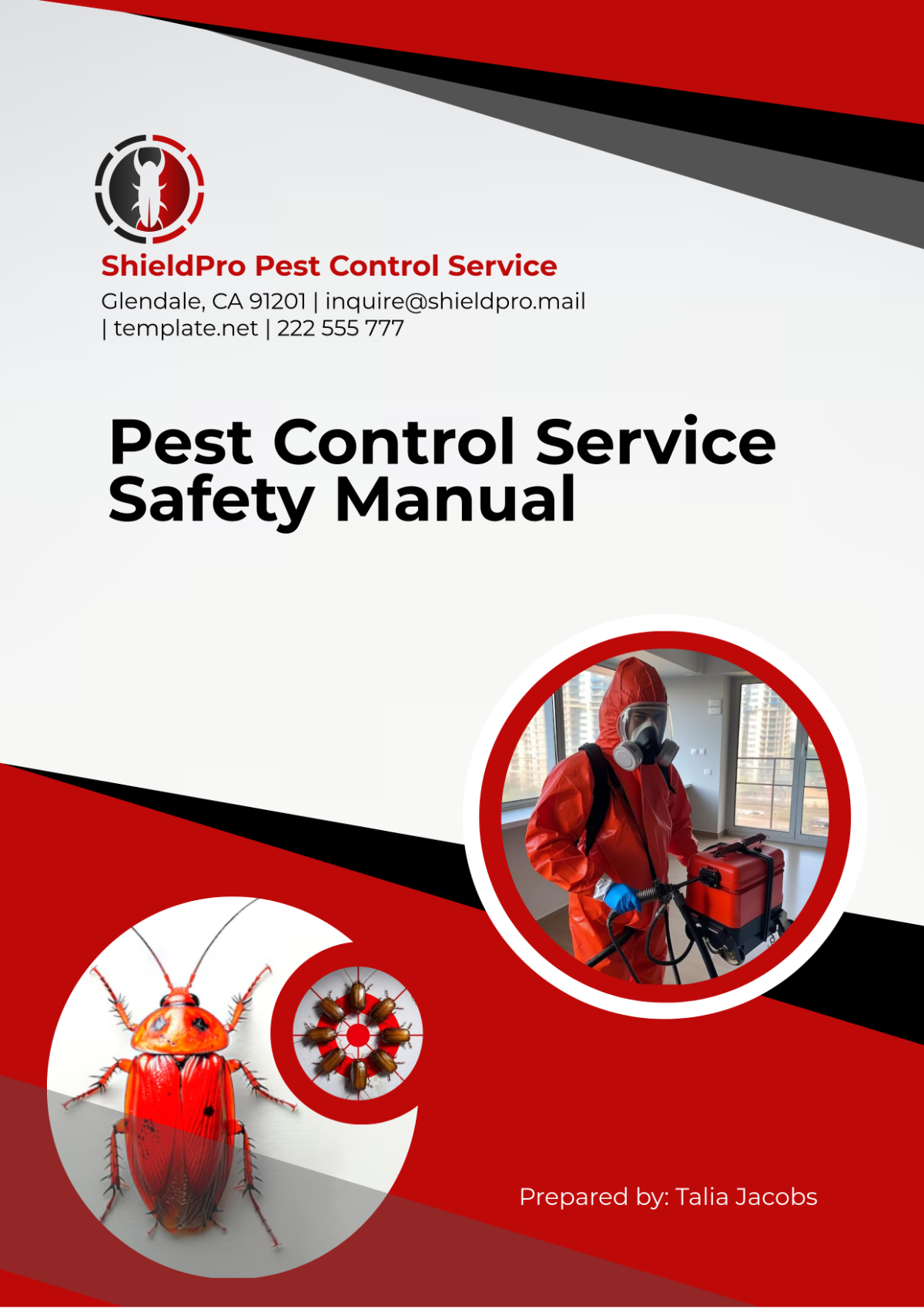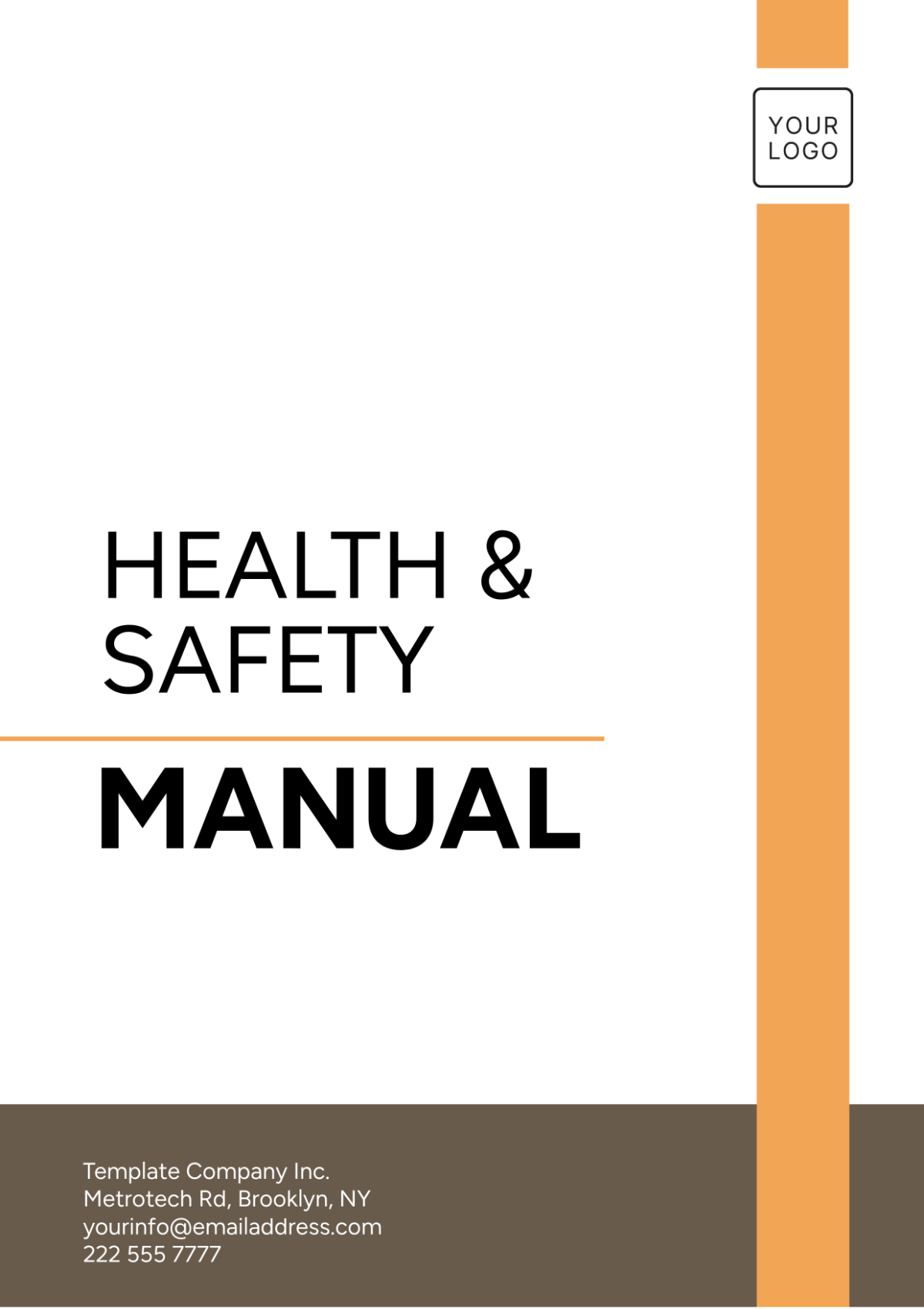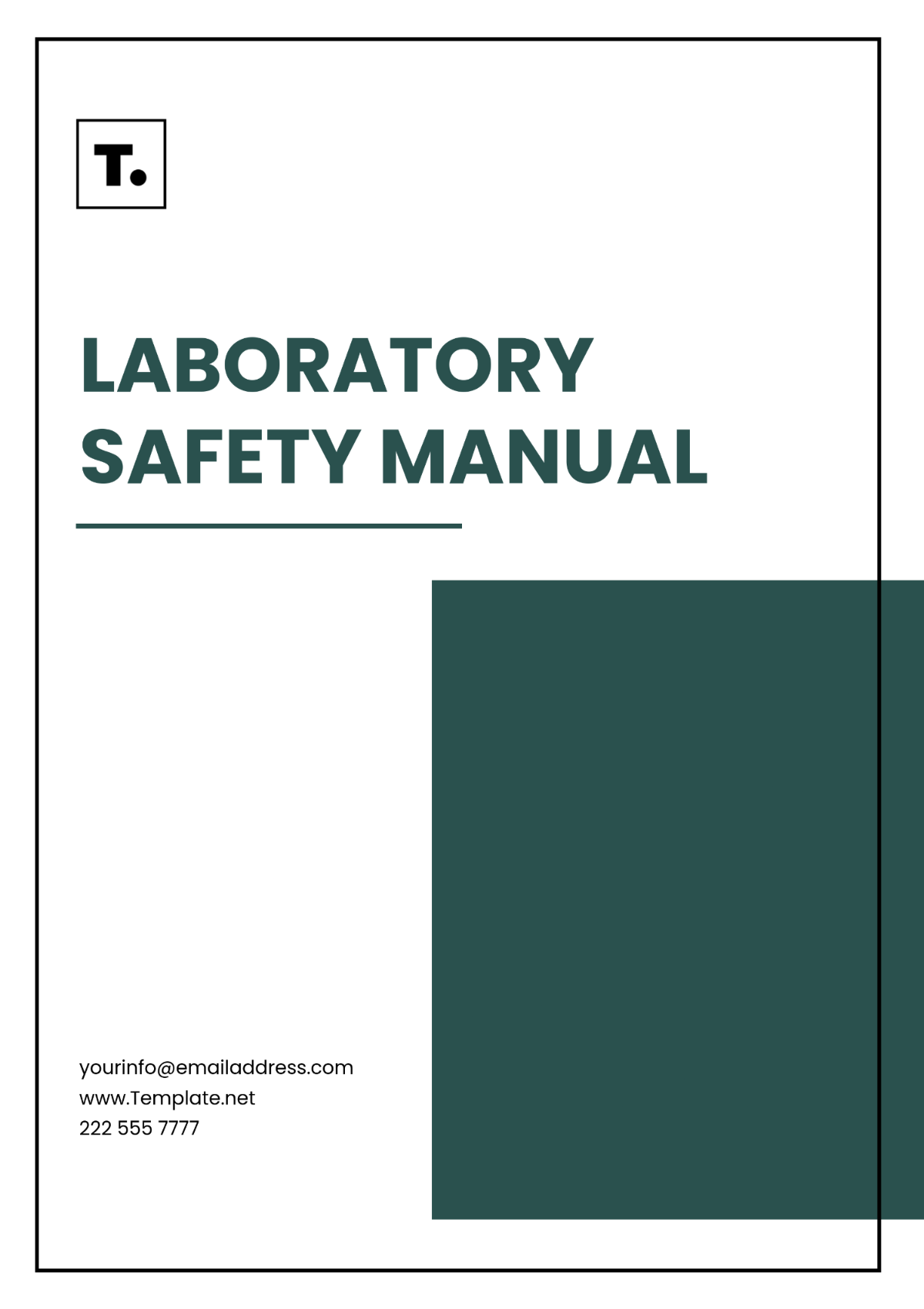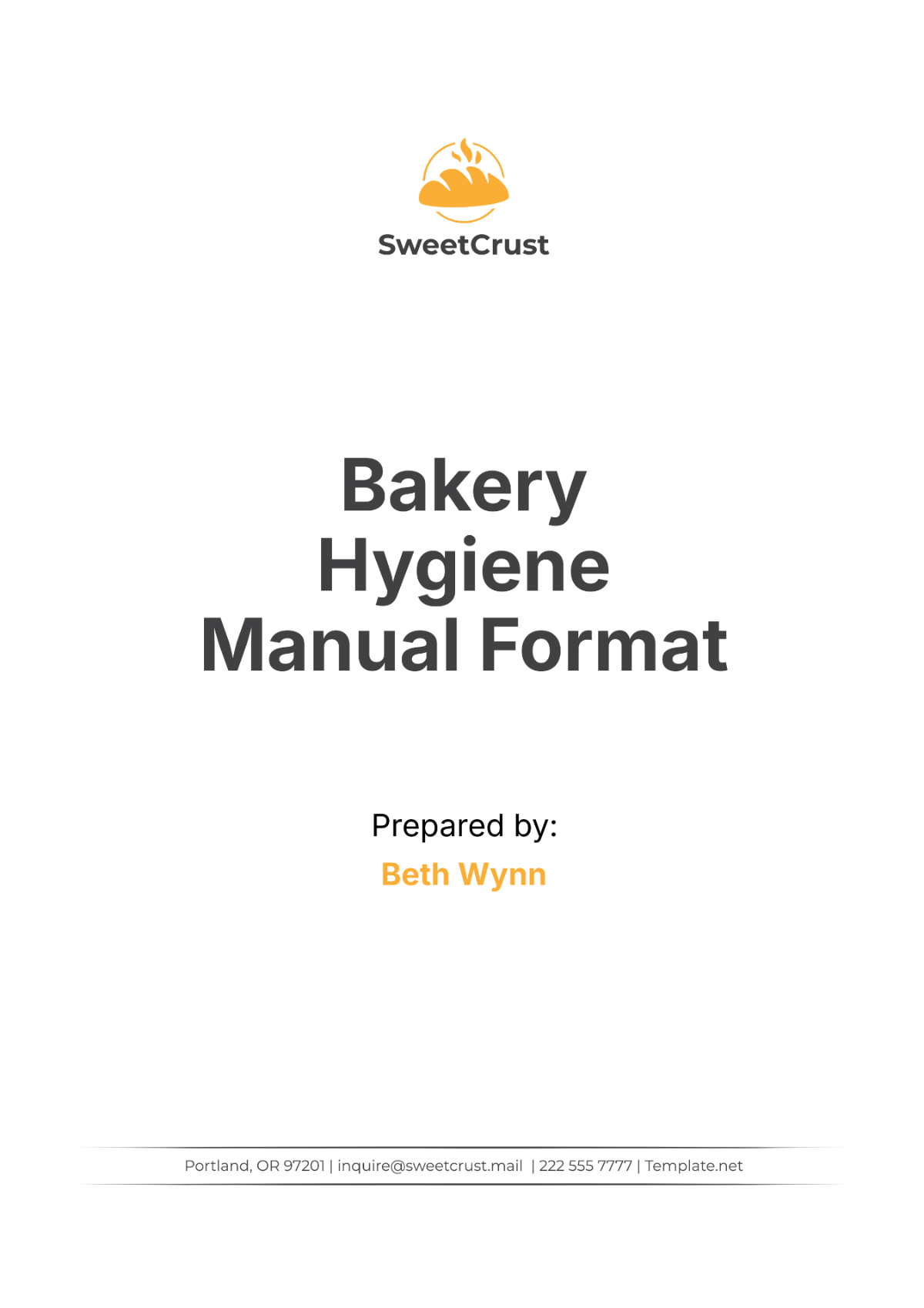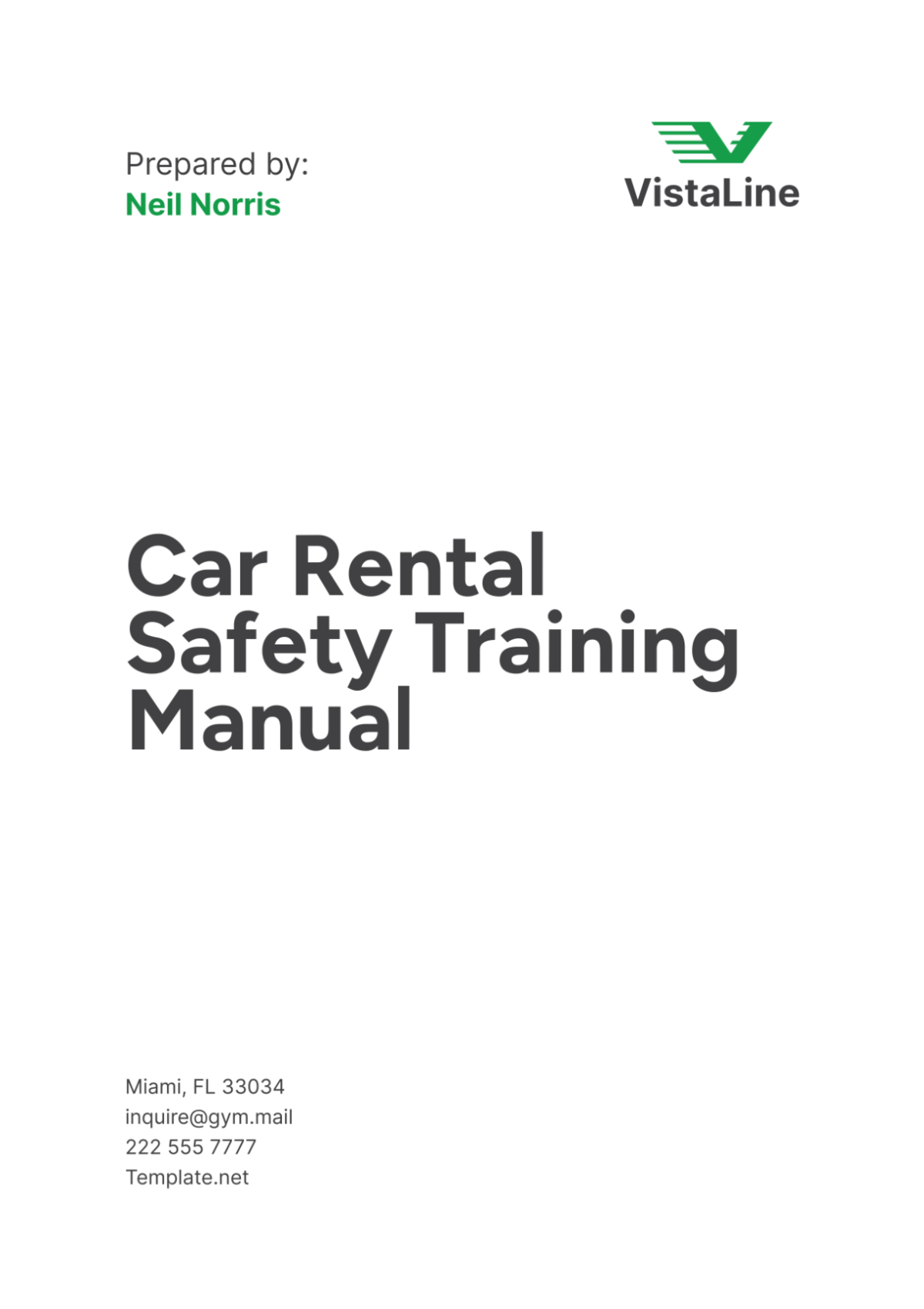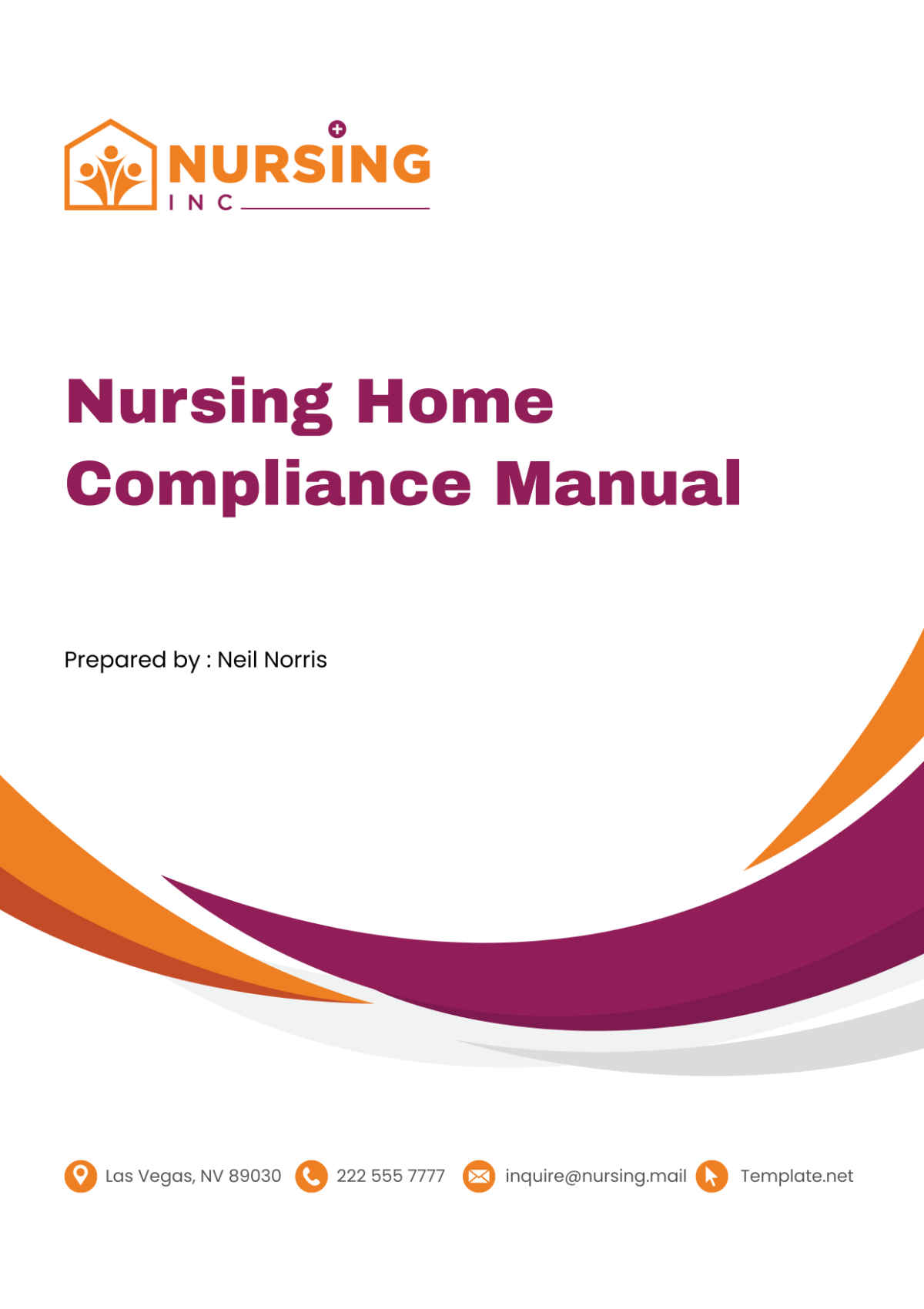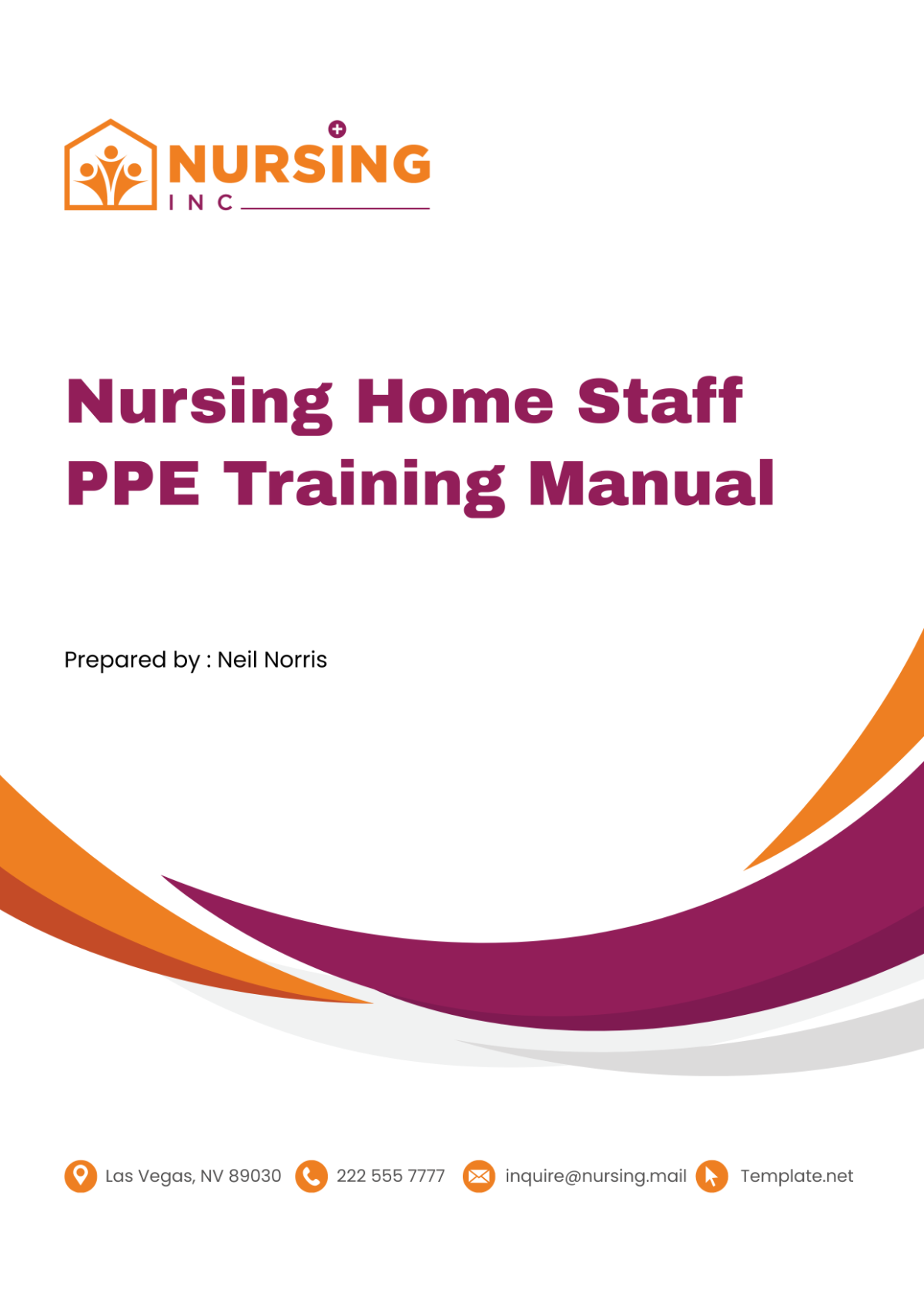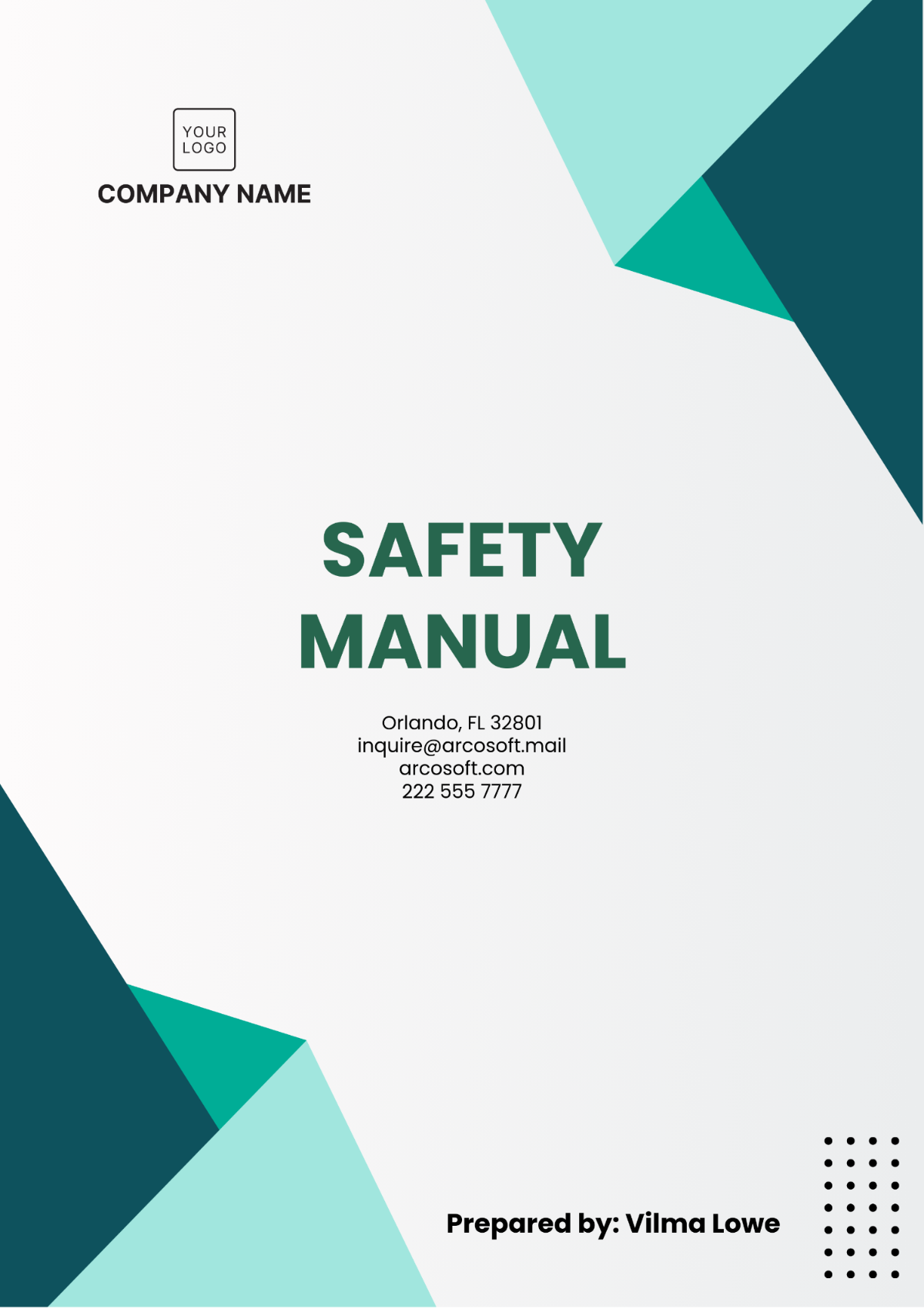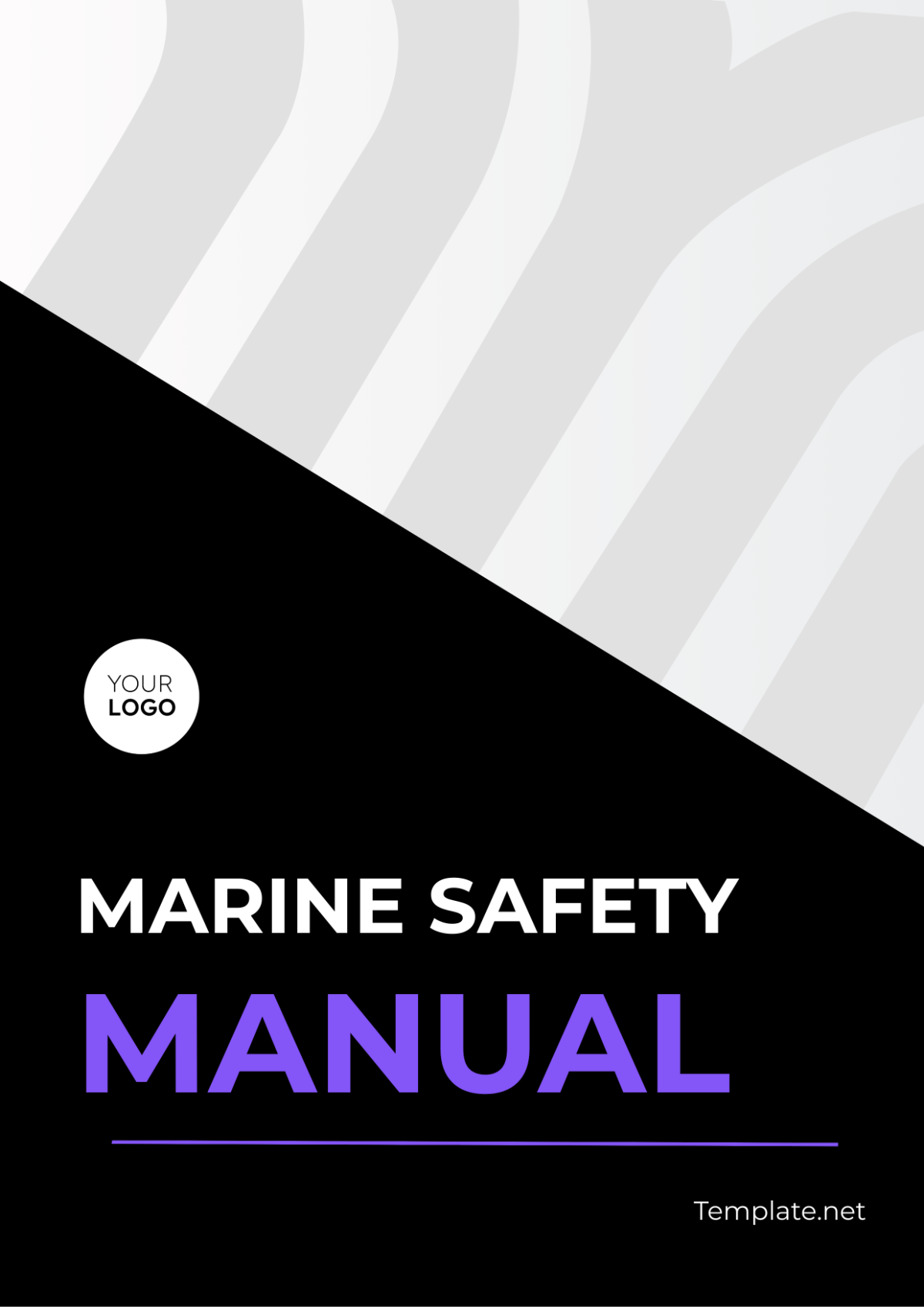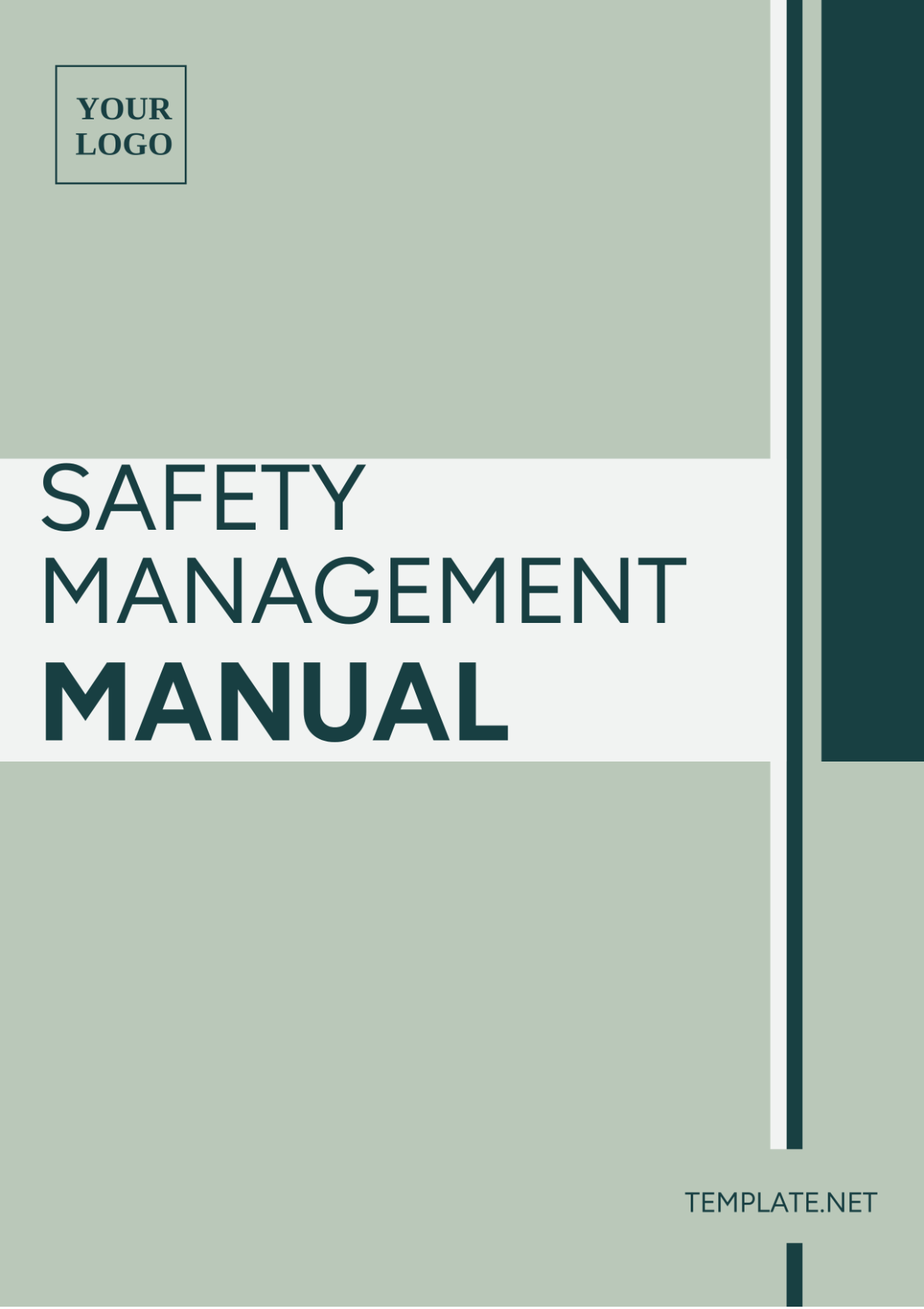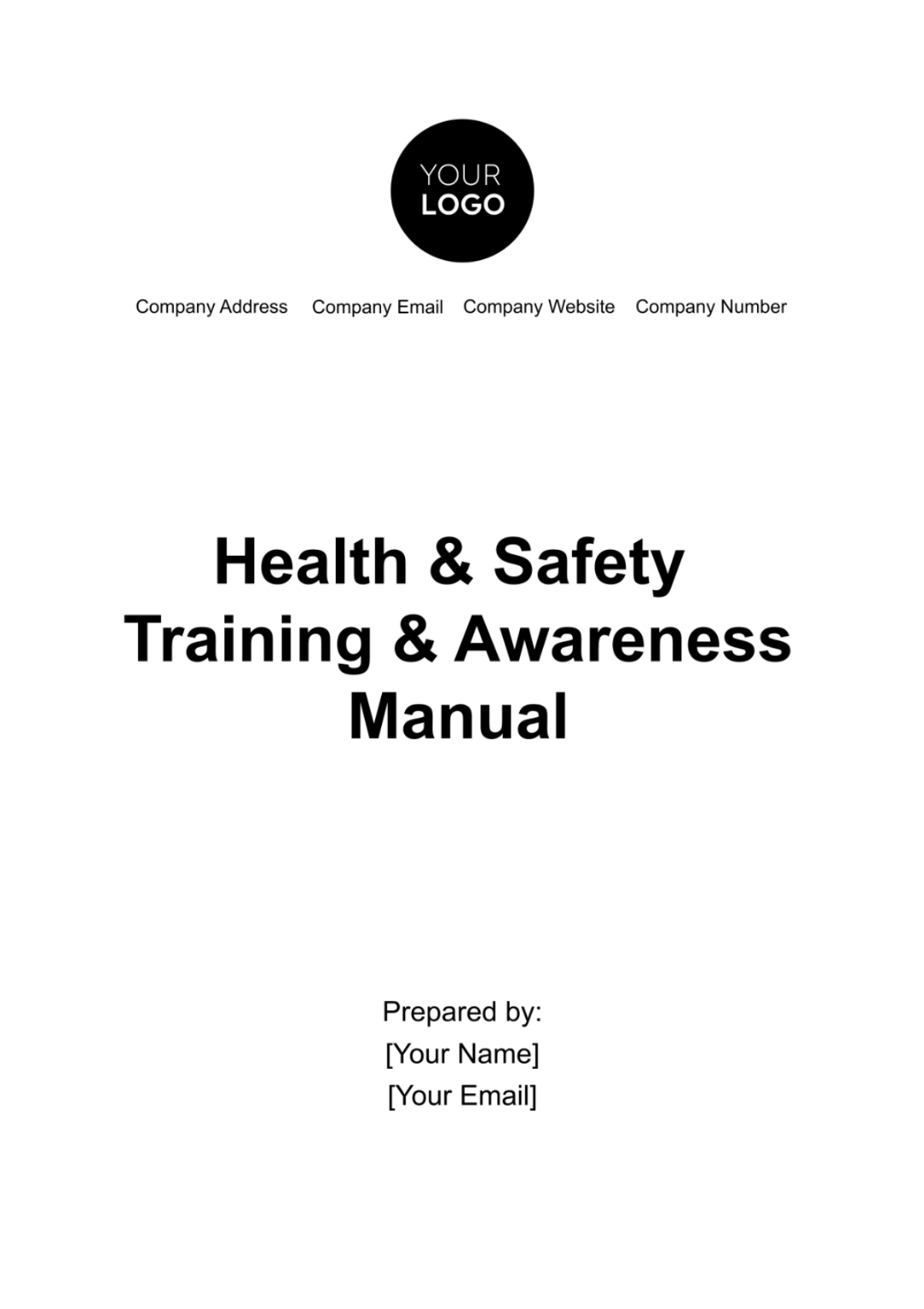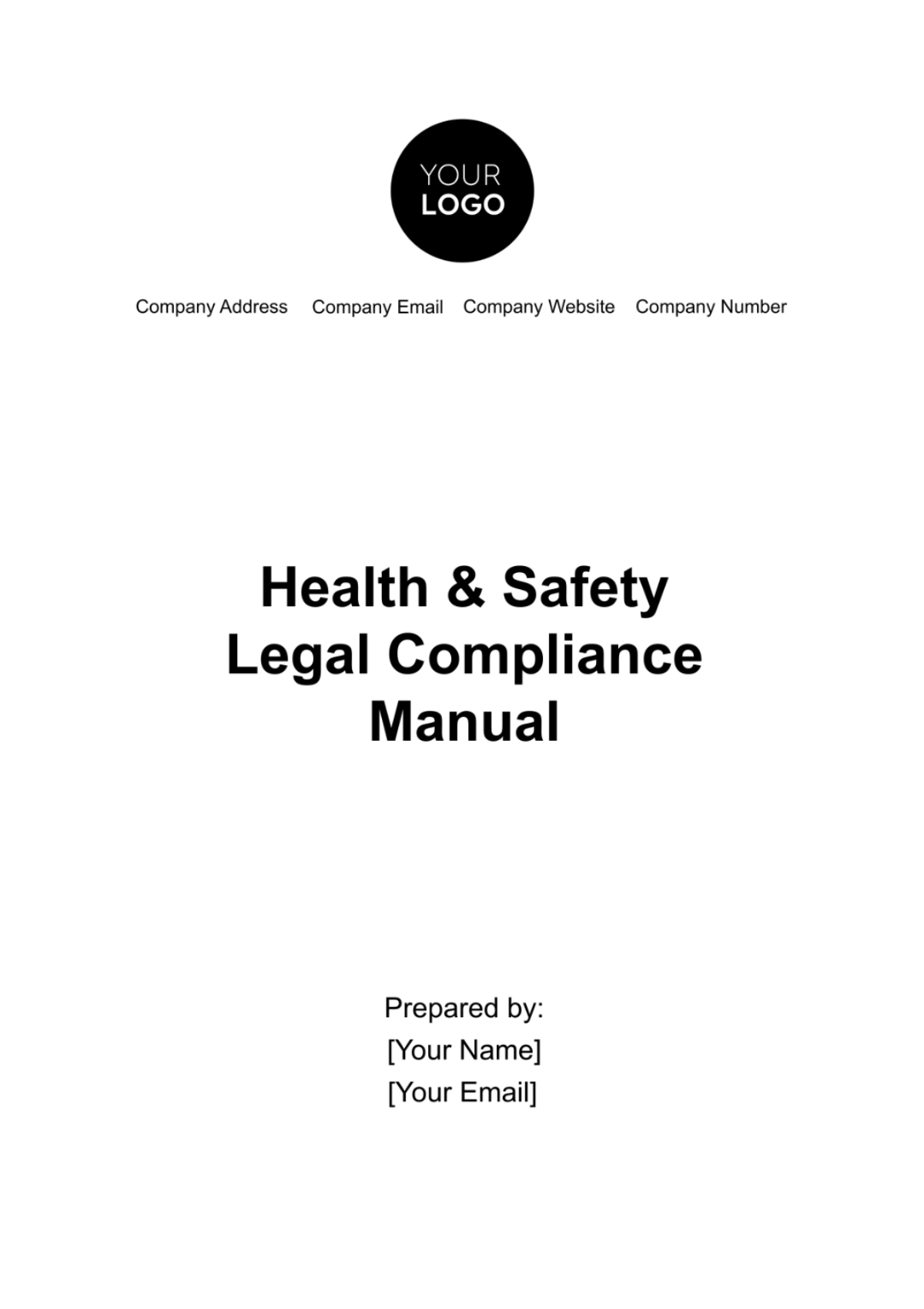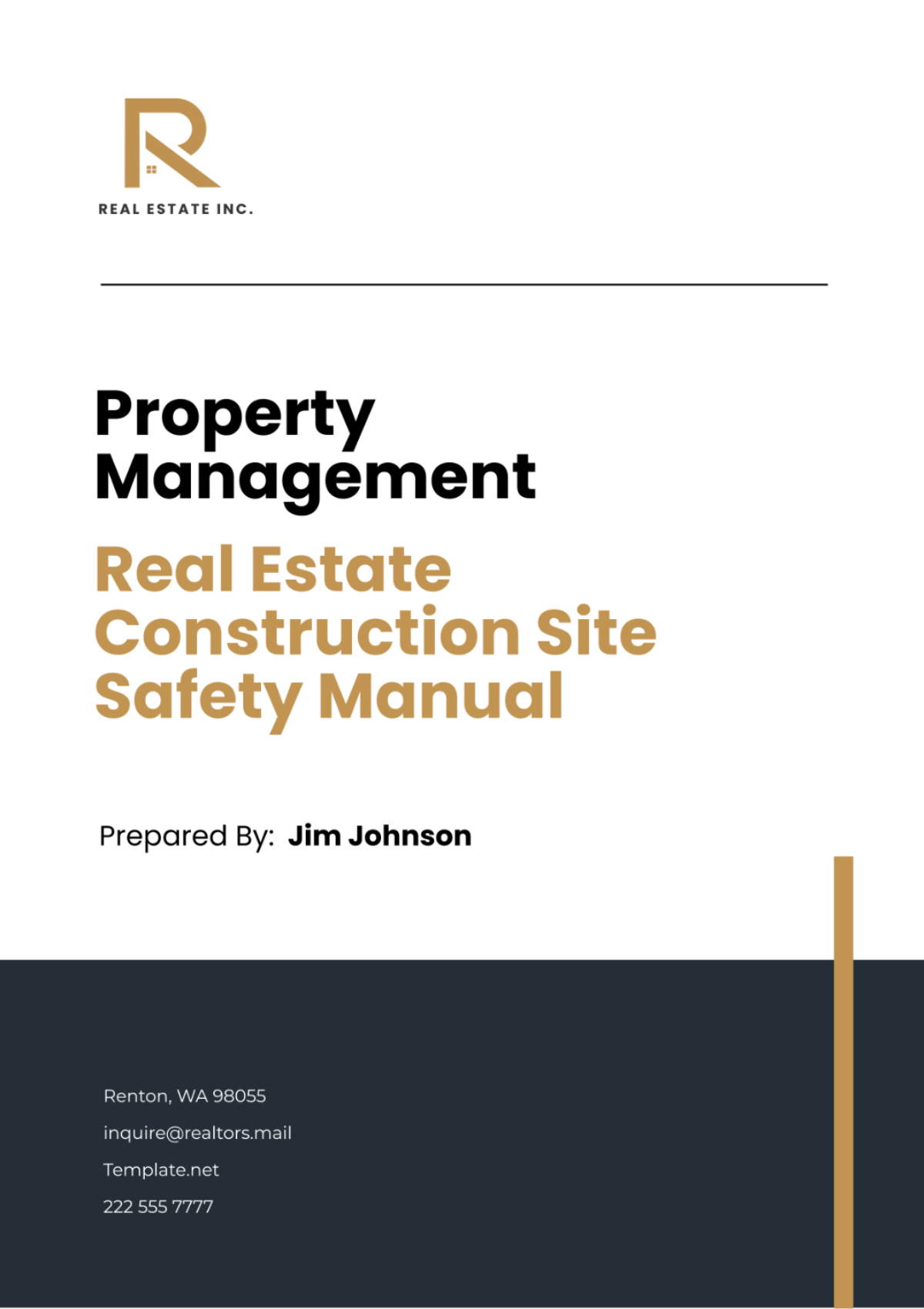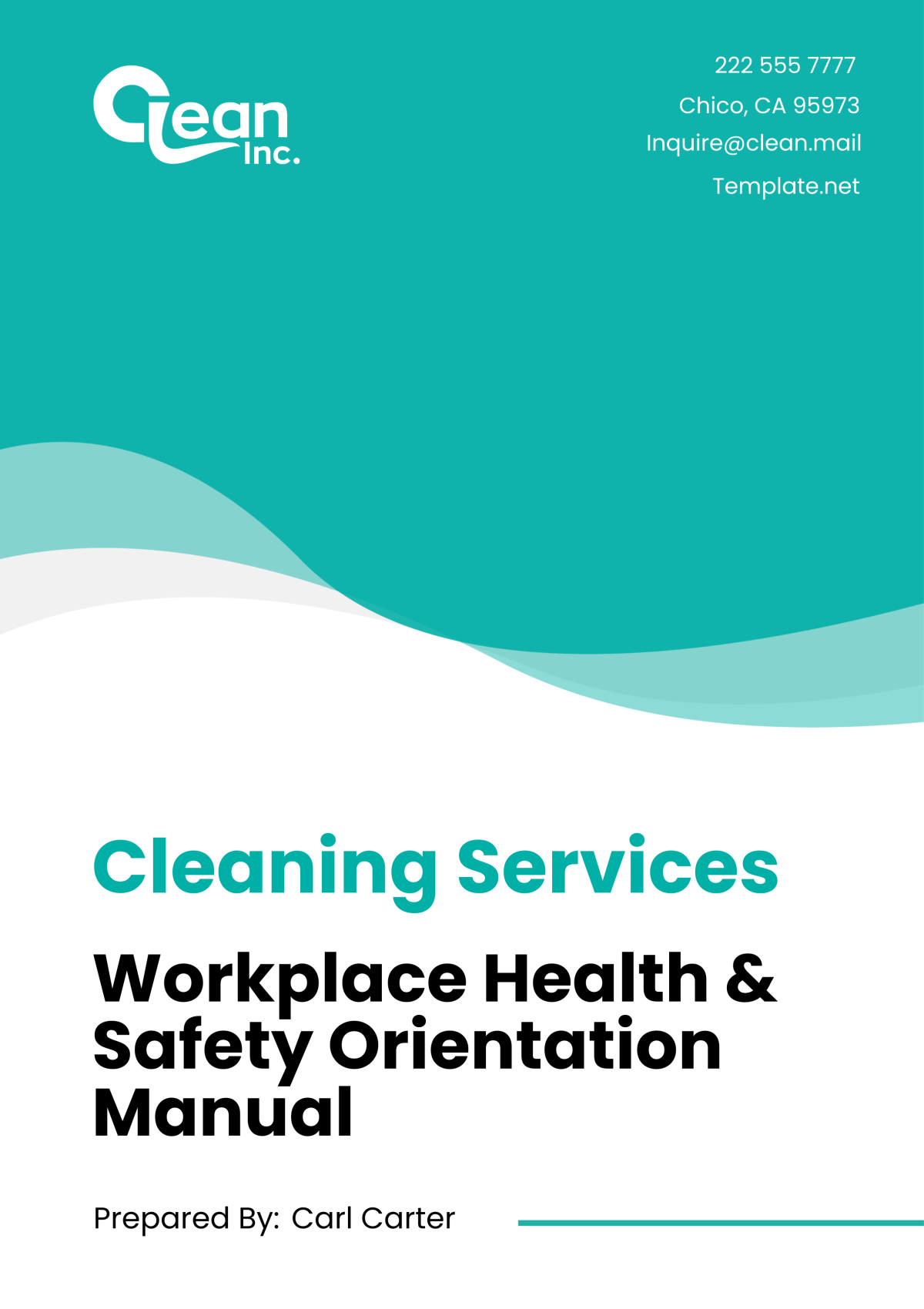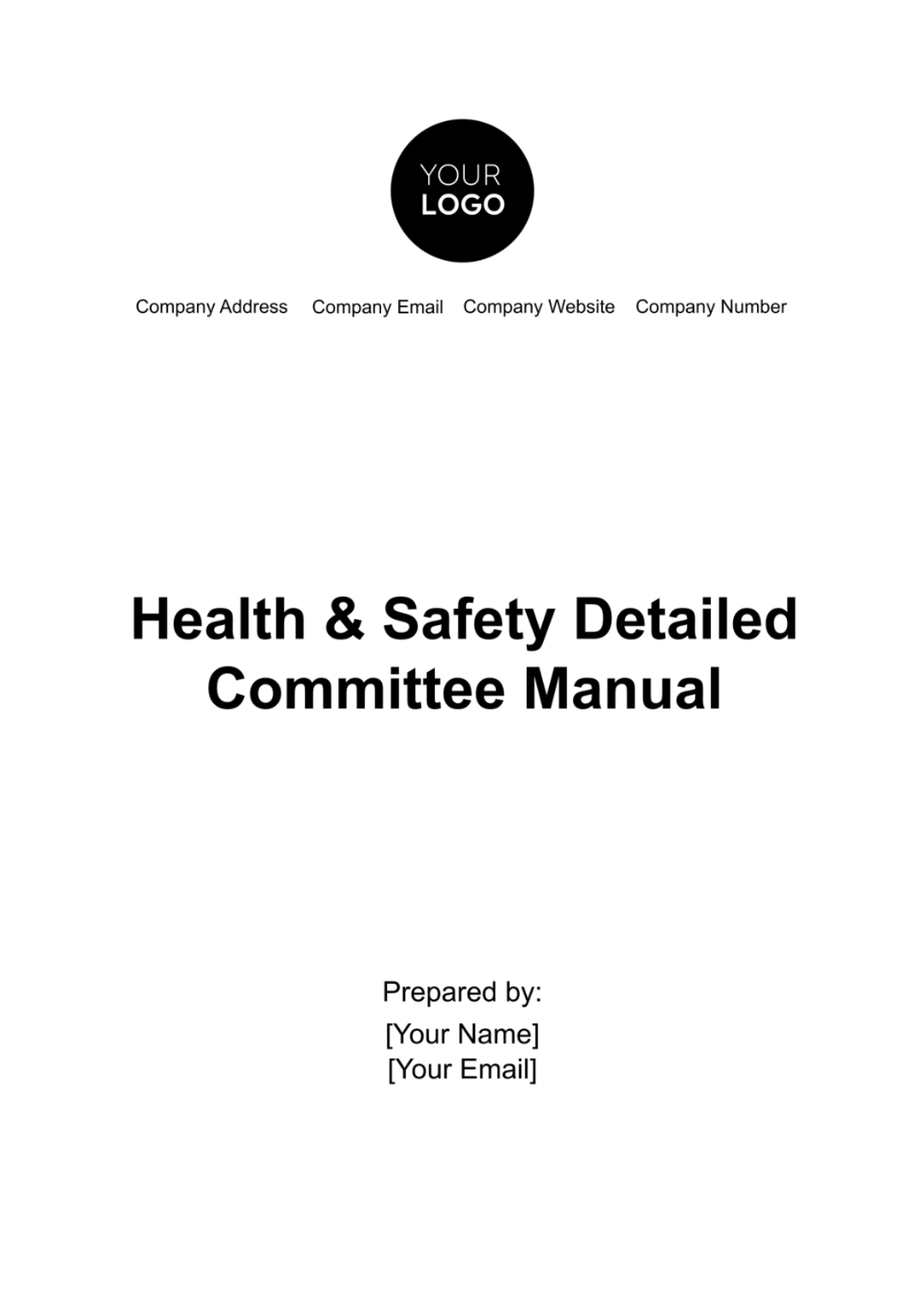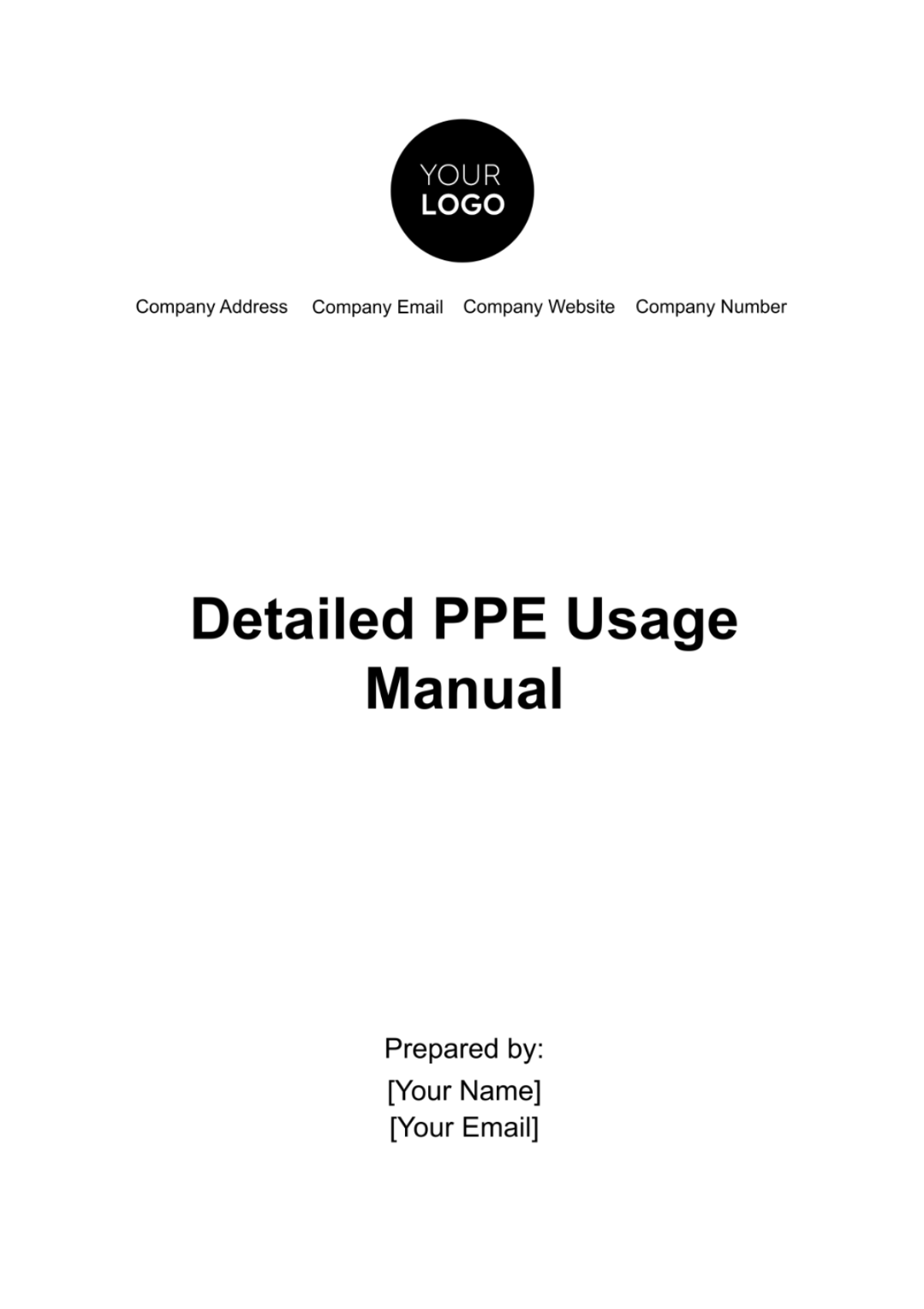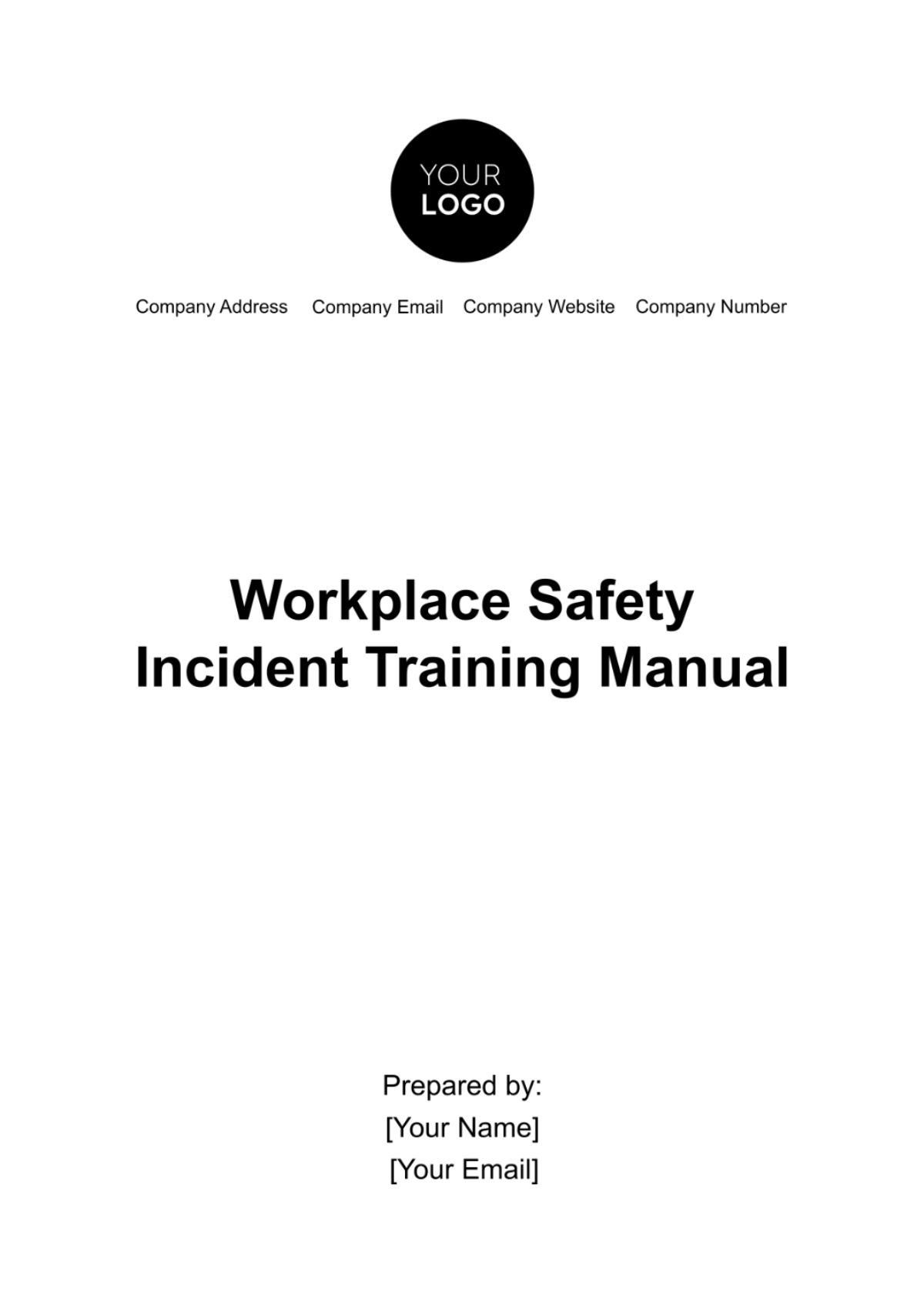Safety Manual Chapter Outline
Prepared by: [Your Name]
1. Introduction
This particular section offers a detailed overview of the purpose and significant importance of the safety manual. It delineates the crucial need for implementing comprehensive safety procedures and policies that are essential for ensuring a safe and secure environment within the organization or industry in question. By outlining these elements, the section emphasizes the pivotal role that safety measures play in not only protecting the well-being of employees but also in maintaining operational efficiency and regulatory compliance.
2. Safety Policies and Objectives
2.1 Corporate Safety Policy
This document outlines in detail the broad safety commitments and foundational principles that the organization adheres to.
2.2 Safety Objectives
The document details the particular safety objectives that the organization intends to accomplish.
3. Roles and Responsibilities
3.1 Management Responsibilities
This document outlines in comprehensive detail the various responsibilities and expectations about safety that are assigned to and anticipated by the leadership within the organization.
3.2 Employee Responsibilities
This document outlines in detail the various safety obligations that employees are required to adhere to, highlighting the crucial significance of each individual's compliance with these guidelines. Moreover, it underscores the importance of proactivity in ensuring a safe working environment, wherein every employee is encouraged not just to follow safety protocols but also to take initiative in identifying and addressing potential hazards.
4. Risk Assessment and Management
4.1 Identifying Hazards
A comprehensive examination of various approaches and techniques that can be utilized to identify and assess potential safety hazards within a workplace environment.
4.2 Risk Analysis
The processes and methods used to assess and determine the degree of seriousness and the probability of occurrence for hazards that have been identified.
4.3 Risk Mitigation Strategies
Methods to reduce or completely remove the identified risks encompass a variety of strategies, such as implementing engineering controls, establishing administrative controls, and ensuring the proper use of personal protective equipment (PPE).
5. Safety Procedures and Practices
5.1 General Safety Procedures
Emergency Response
Workplace Housekeeping
Personal Protective Equipment (PPE)
5.2 Specific Safety Procedures
Comprehensive and detailed safety protocols have been established for various specific tasks or operations to ensure the highest level of safety and security for all personnel involved.
6. Emergency Preparedness and Response
6.1 Emergency Plans
Detailed and extensive plans designed to effectively respond to various types of emergencies, including situations such as fires, natural disasters, or incidents involving chemical spills.
6.2 Evacuation Procedures
Detailed instructions and comprehensive procedures outlining the necessary steps to safely evacuate the premises in the event of a variety of emergencies.
6.3 First Aid Procedures
A detailed exploration of the fundamental techniques of first aid, as well as a comprehensive overview of the various resources that can be accessed within the organization for implementing such emergency medical procedures.
7. Training and Awareness
7.1 Safety Training Programs
Descriptions of both the initial safety training sessions and the ongoing safety training sessions that are required for all employees.
7.2 Communication Strategies
Detailed strategies for distributing safety information and updates to every staff member in the organization.
8. Incident Reporting and Investigation
8.1 Incident Reporting Procedures
Reporting Channels
Incident Documentation
Immediate Actions
8.2 Incident Investigation
Detailed procedures for comprehensively investigating incidents that occur in the workplace, aimed at identifying the fundamental causes and taking corrective measures to prevent future occurrences.
9. Continuous Improvement
9.1 Safety Performance Monitoring
Methods for tracking and analyzing metrics related to safety performance are utilized to identify specific areas that may require improvement.
9.2 Periodic Safety Audits
Regular audits are conducted to ensure that there is ongoing compliance with established safety policies and to identify any emerging risks that could potentially threaten safety standards.
10. Conclusion
This document provides a detailed summary of the fundamental components outlined in the safety manual and serves as a reaffirmation of the organization's unwavering commitment to sustaining a safe work environment.
